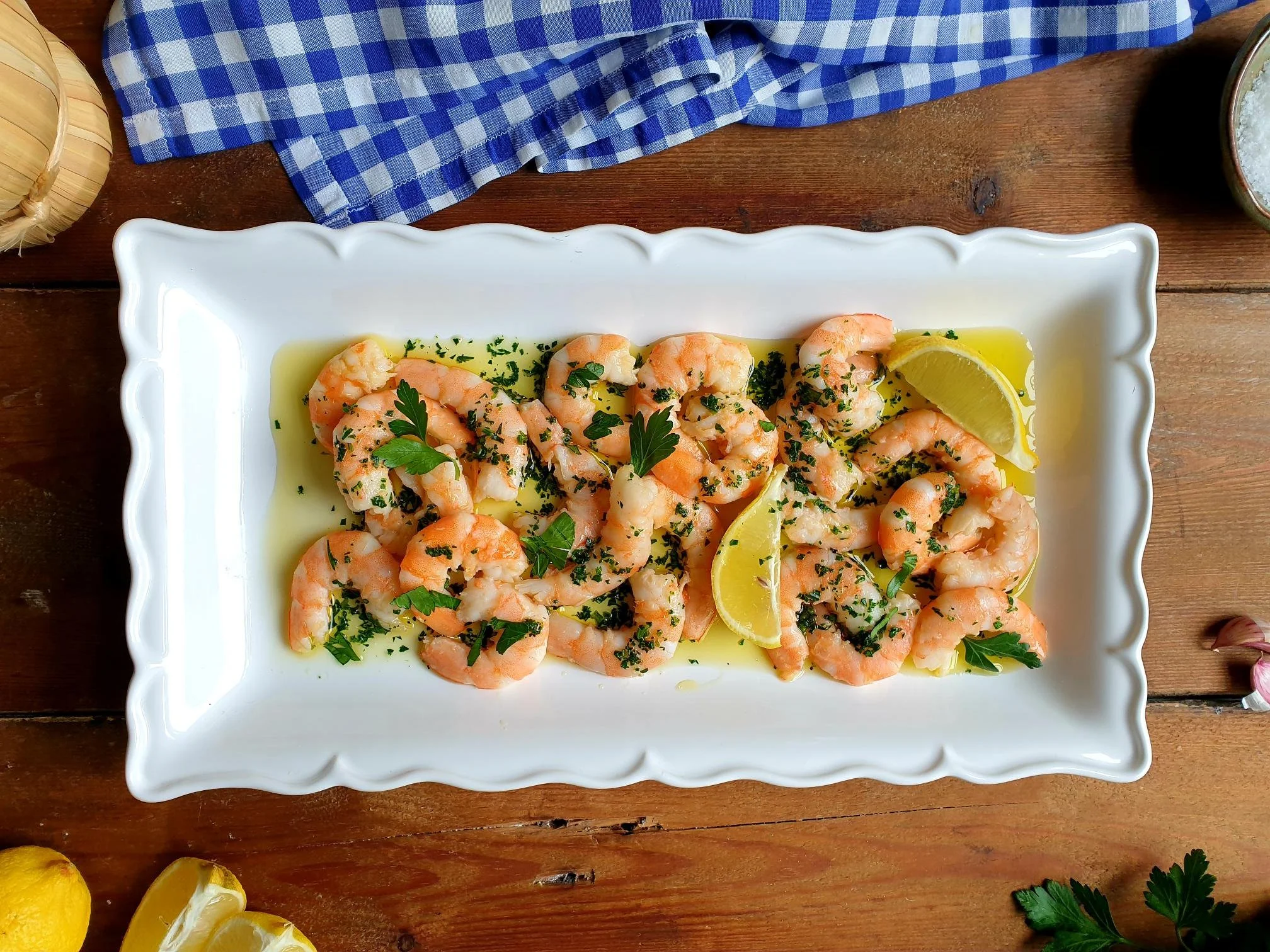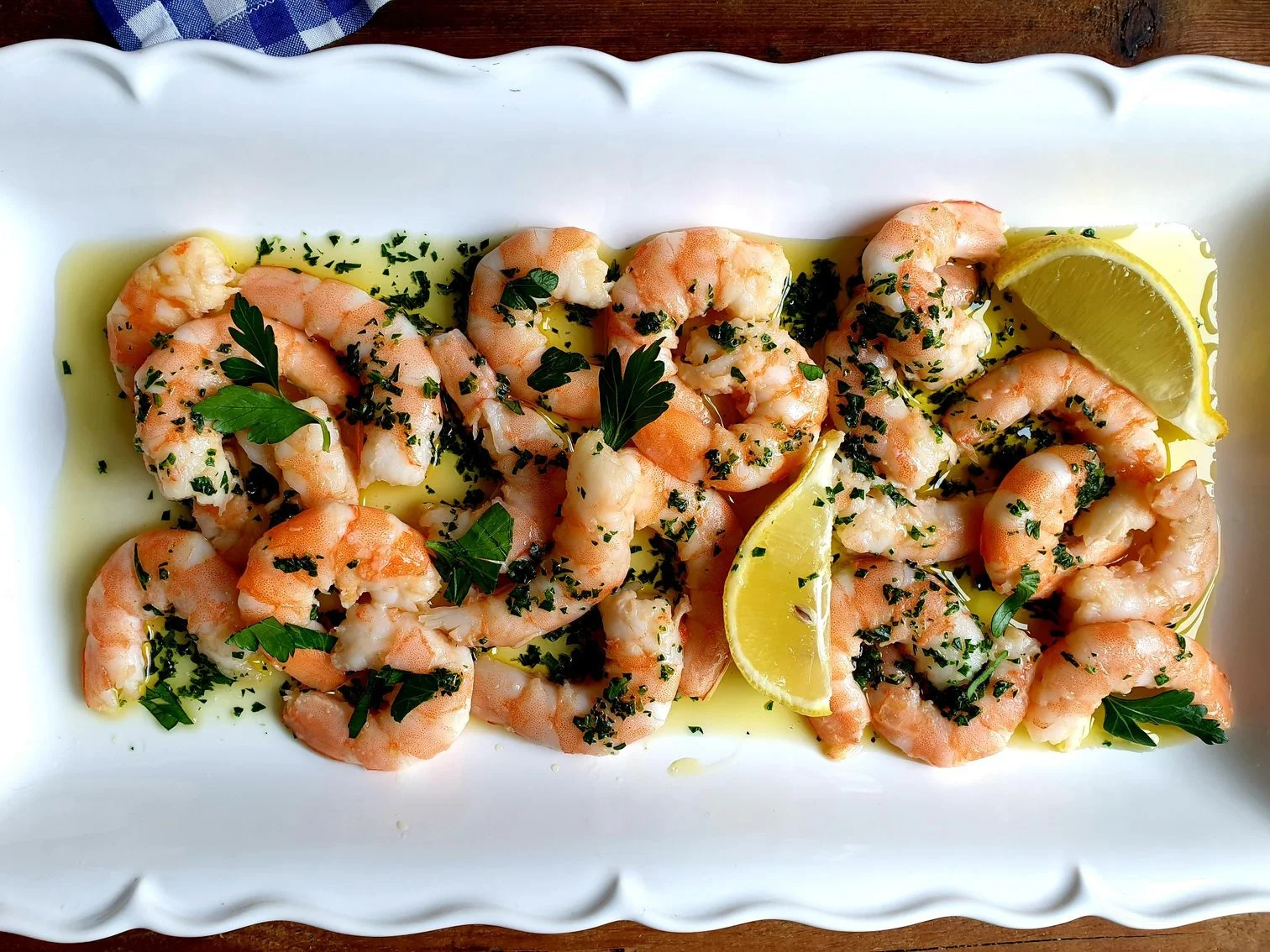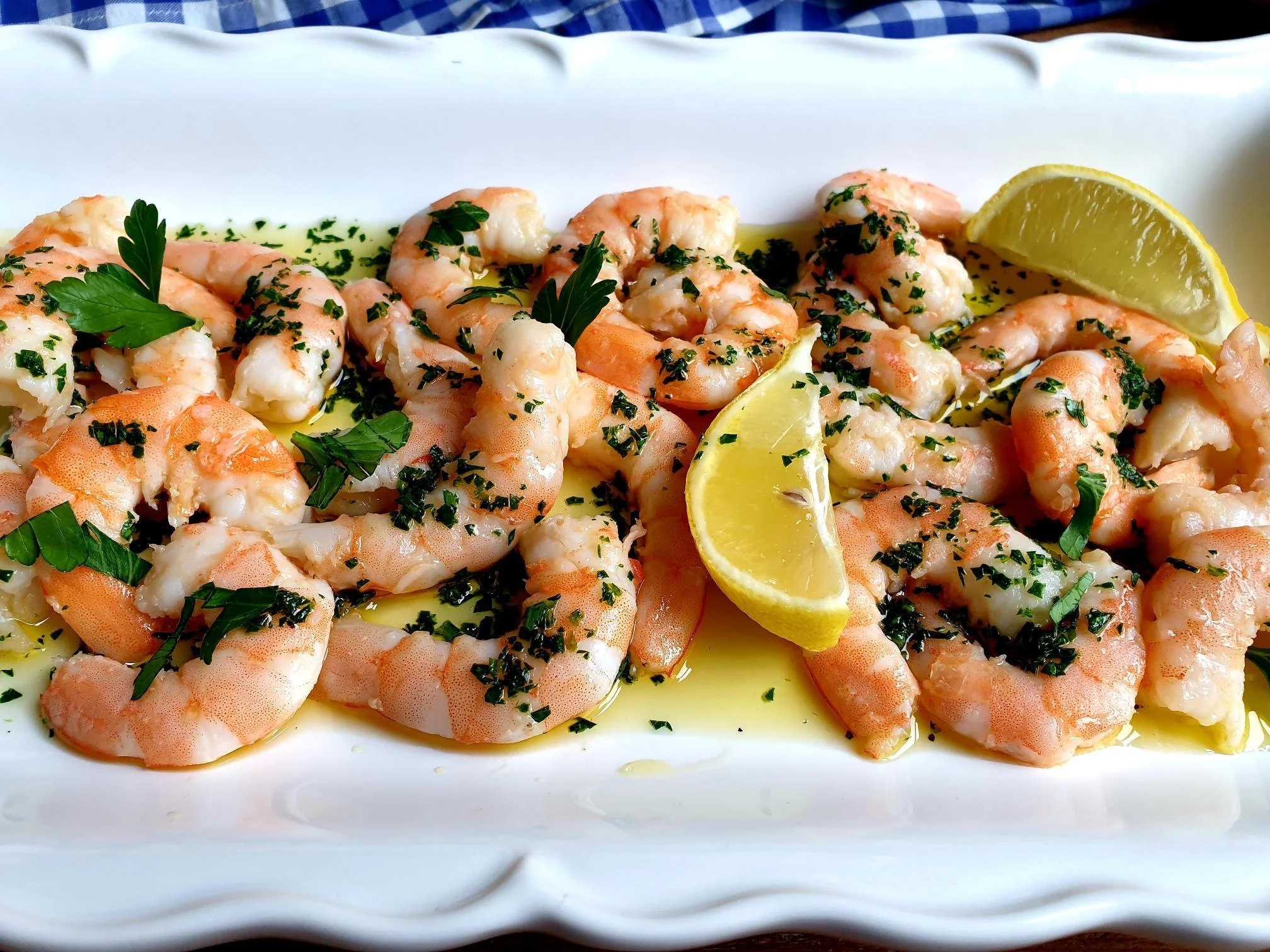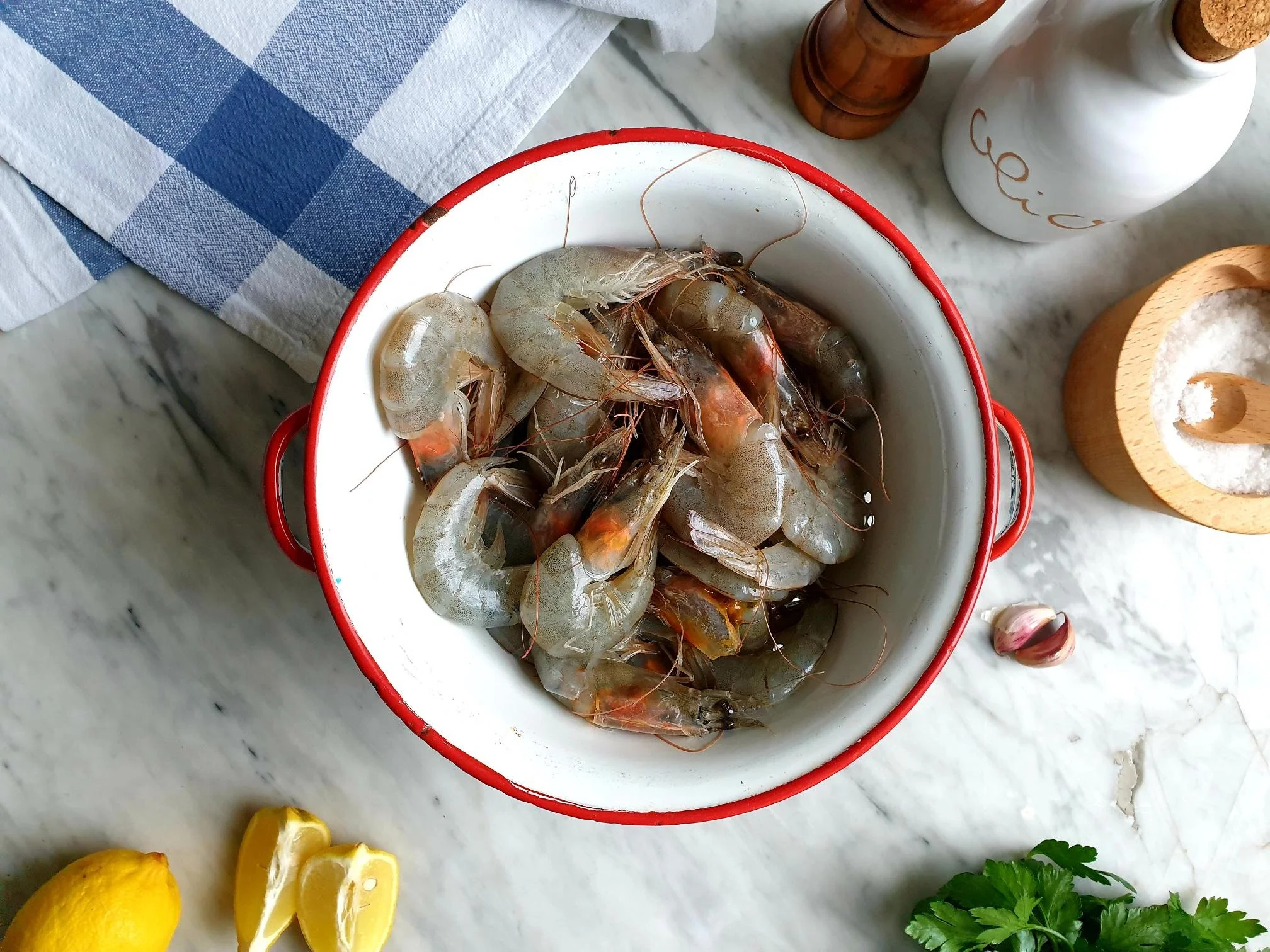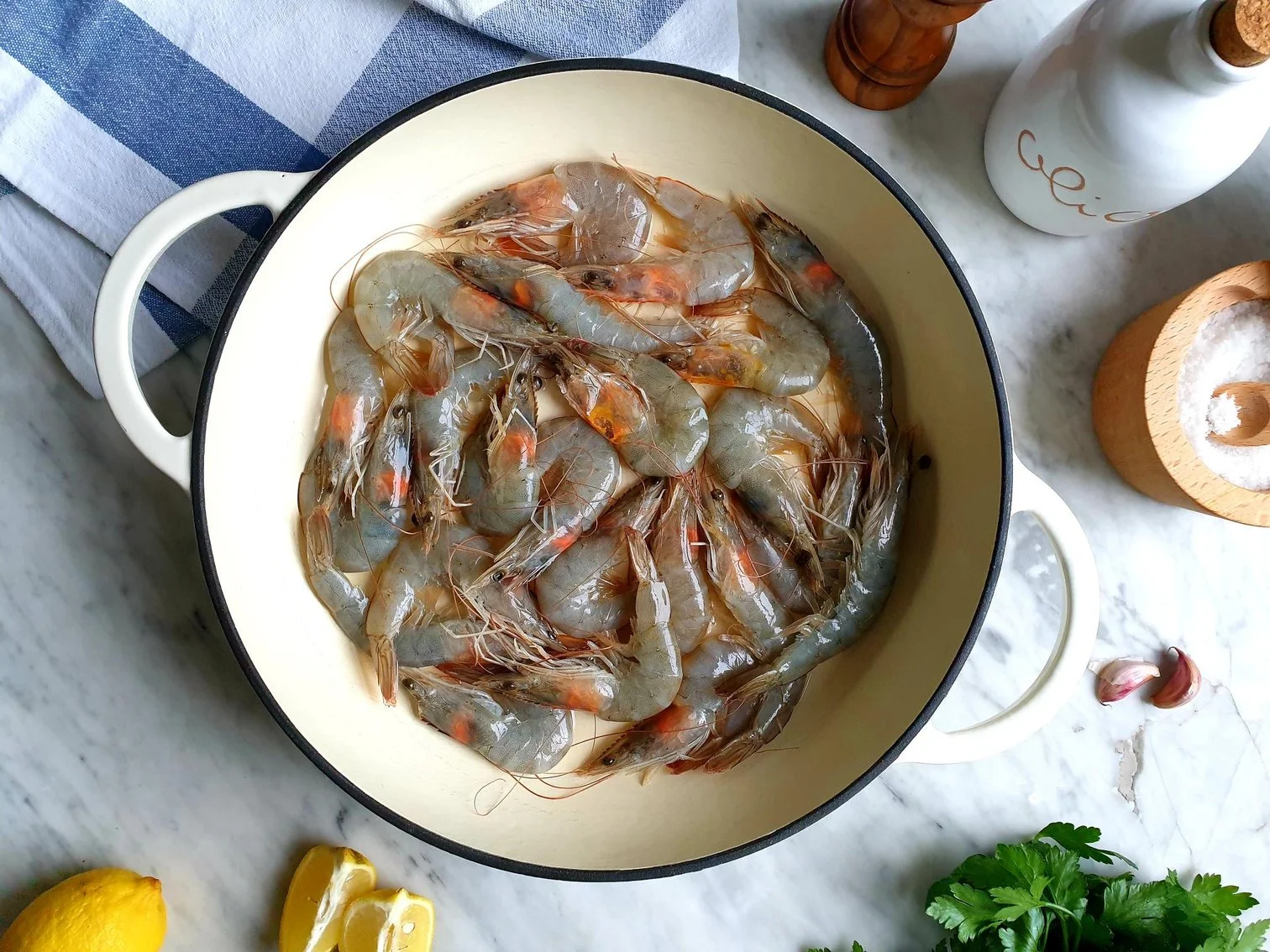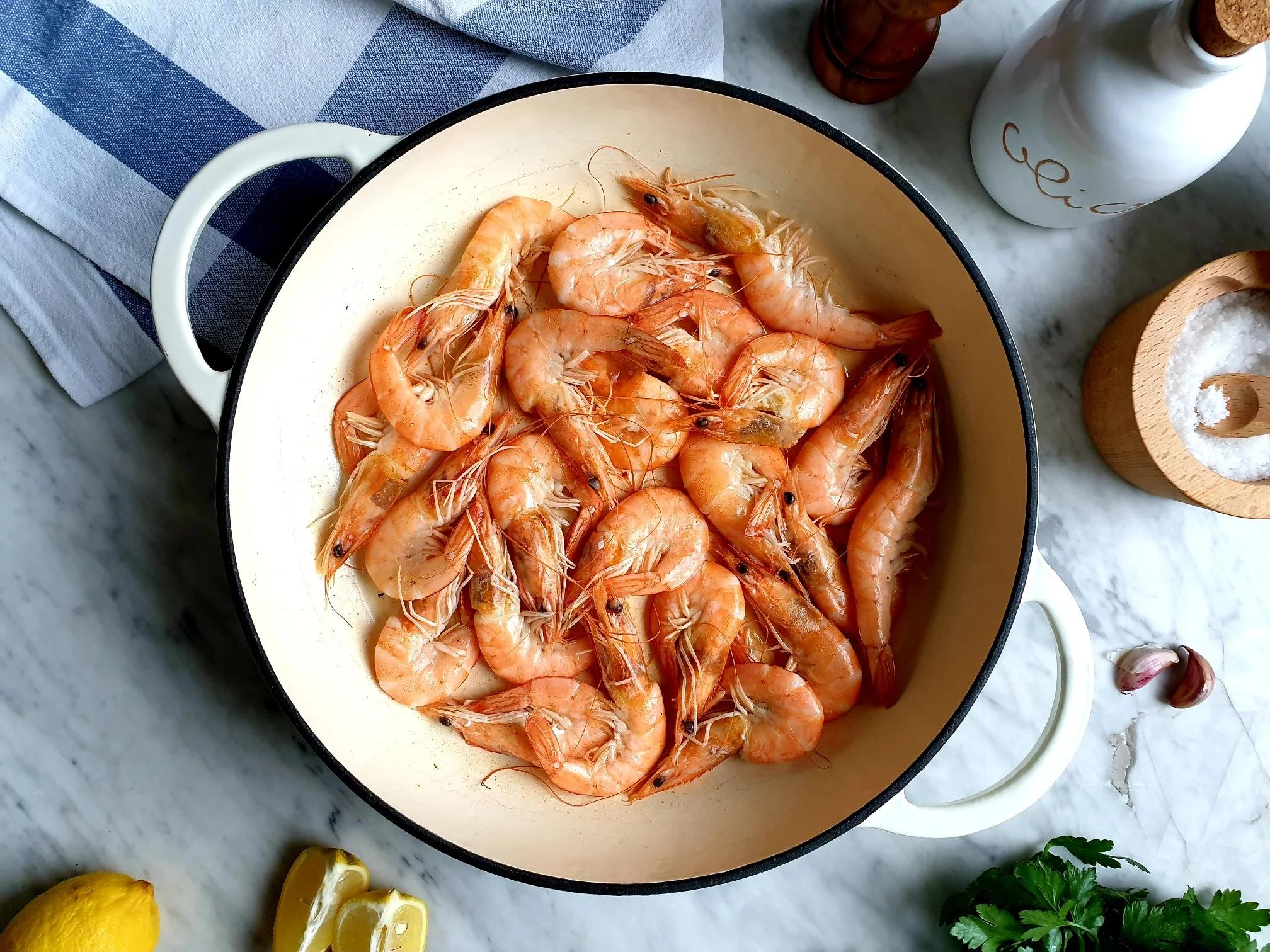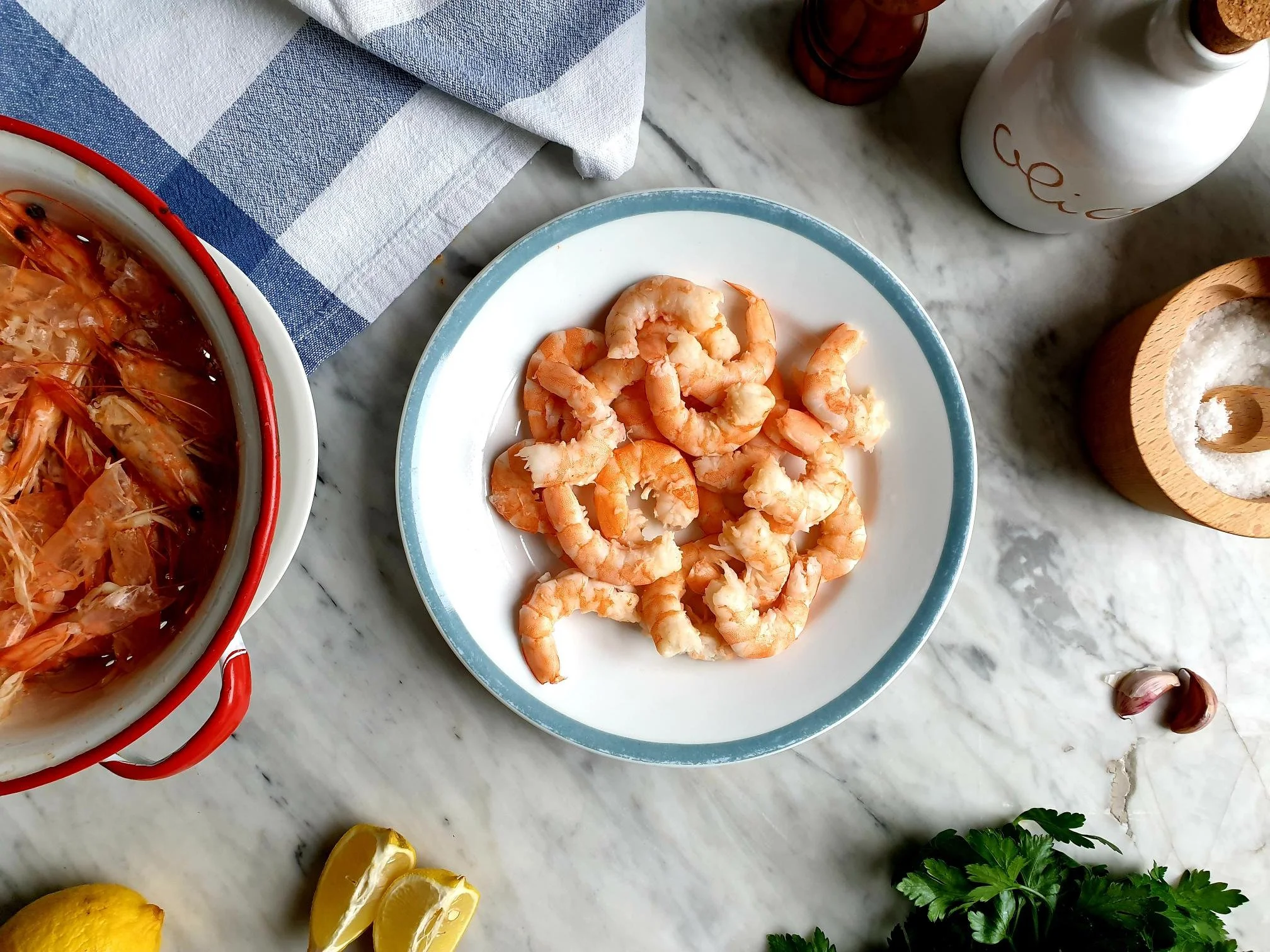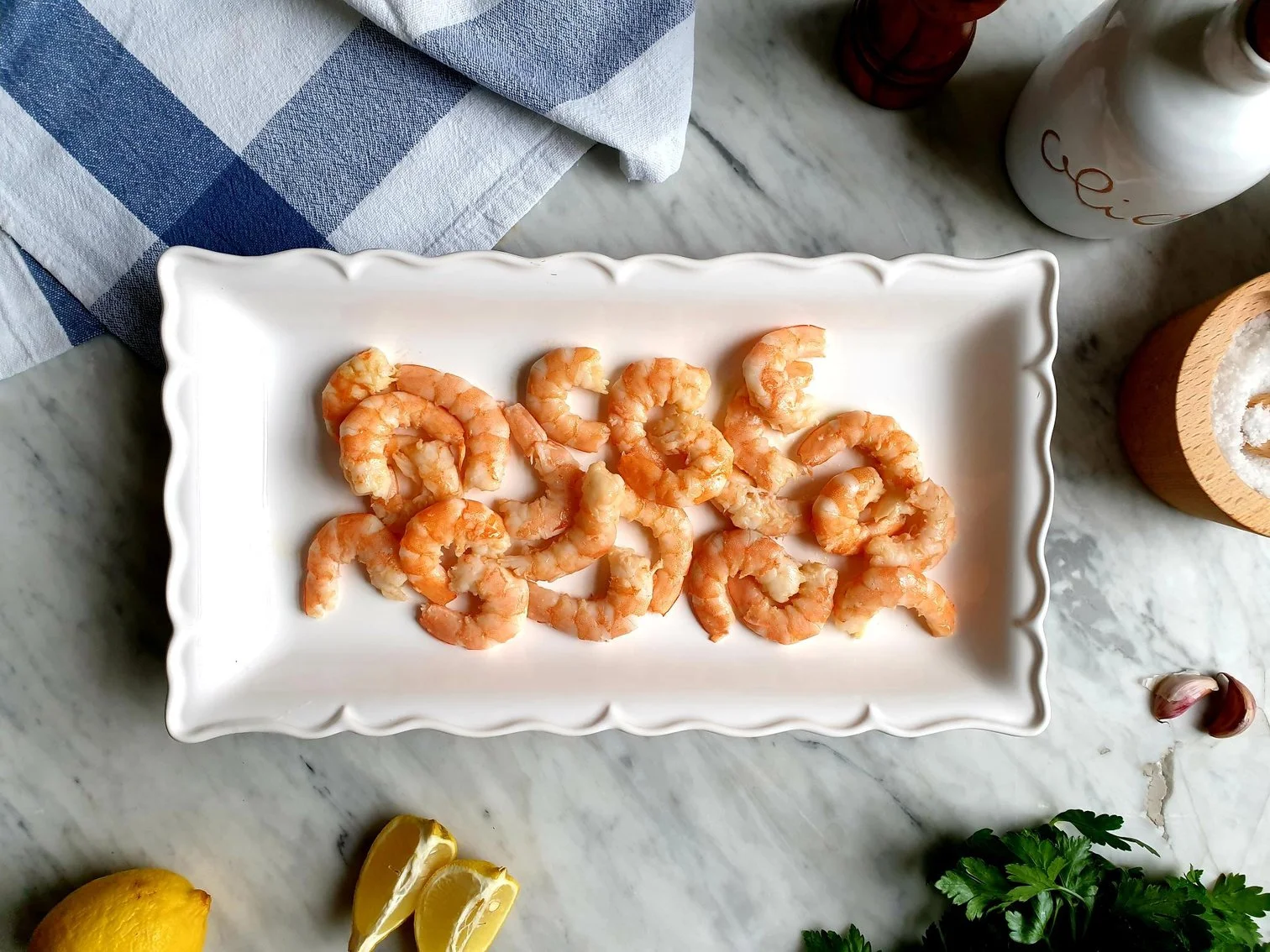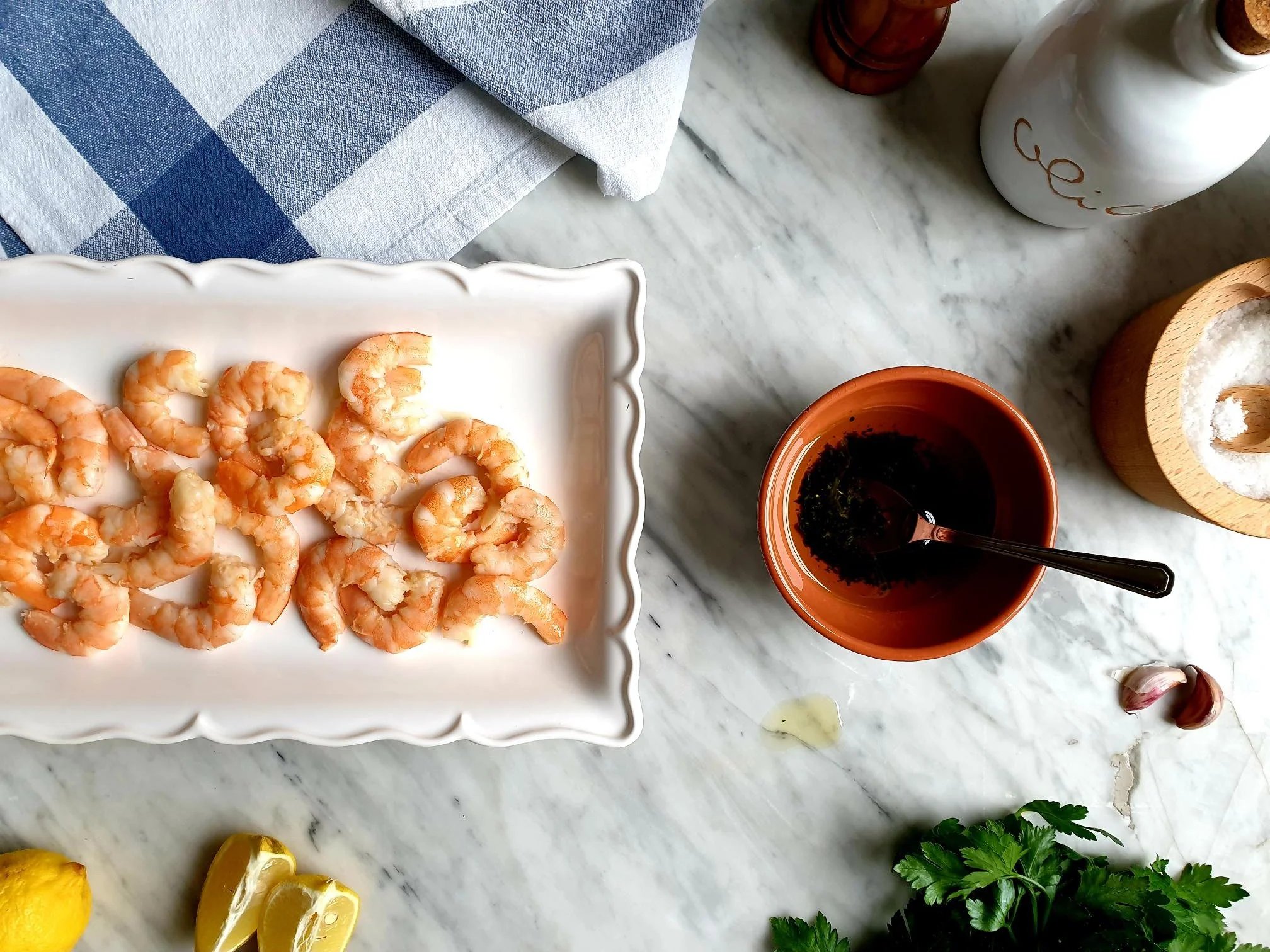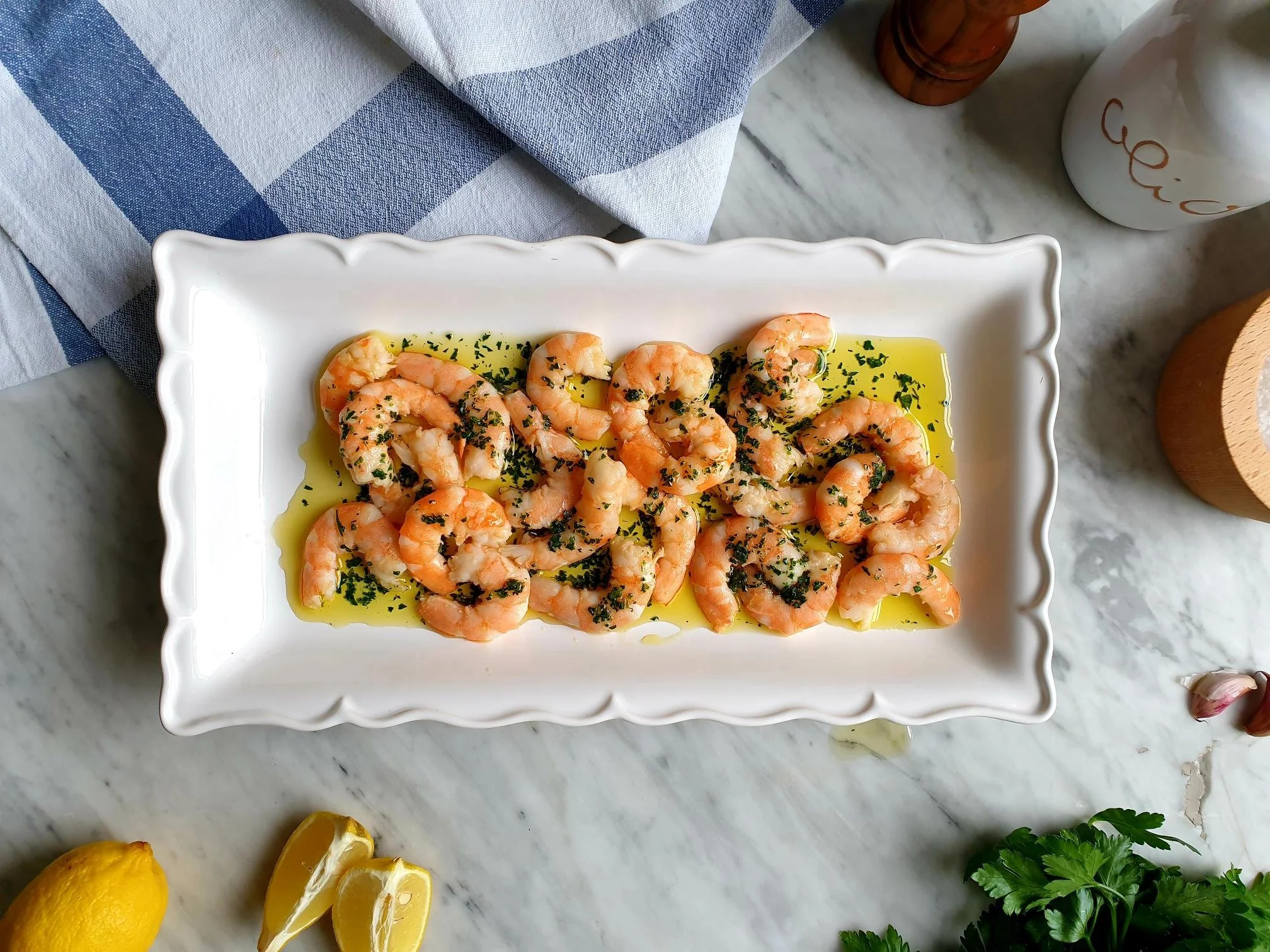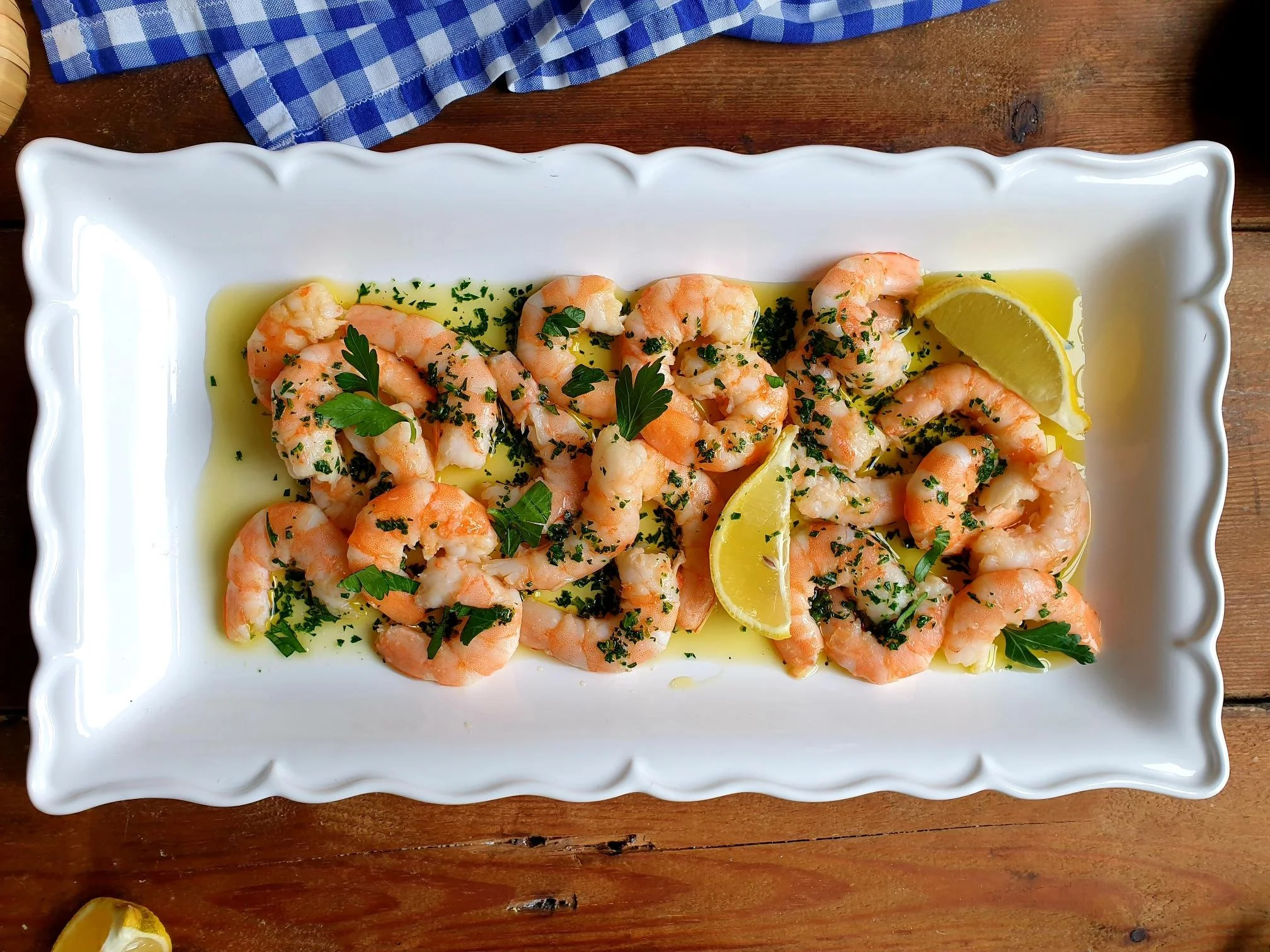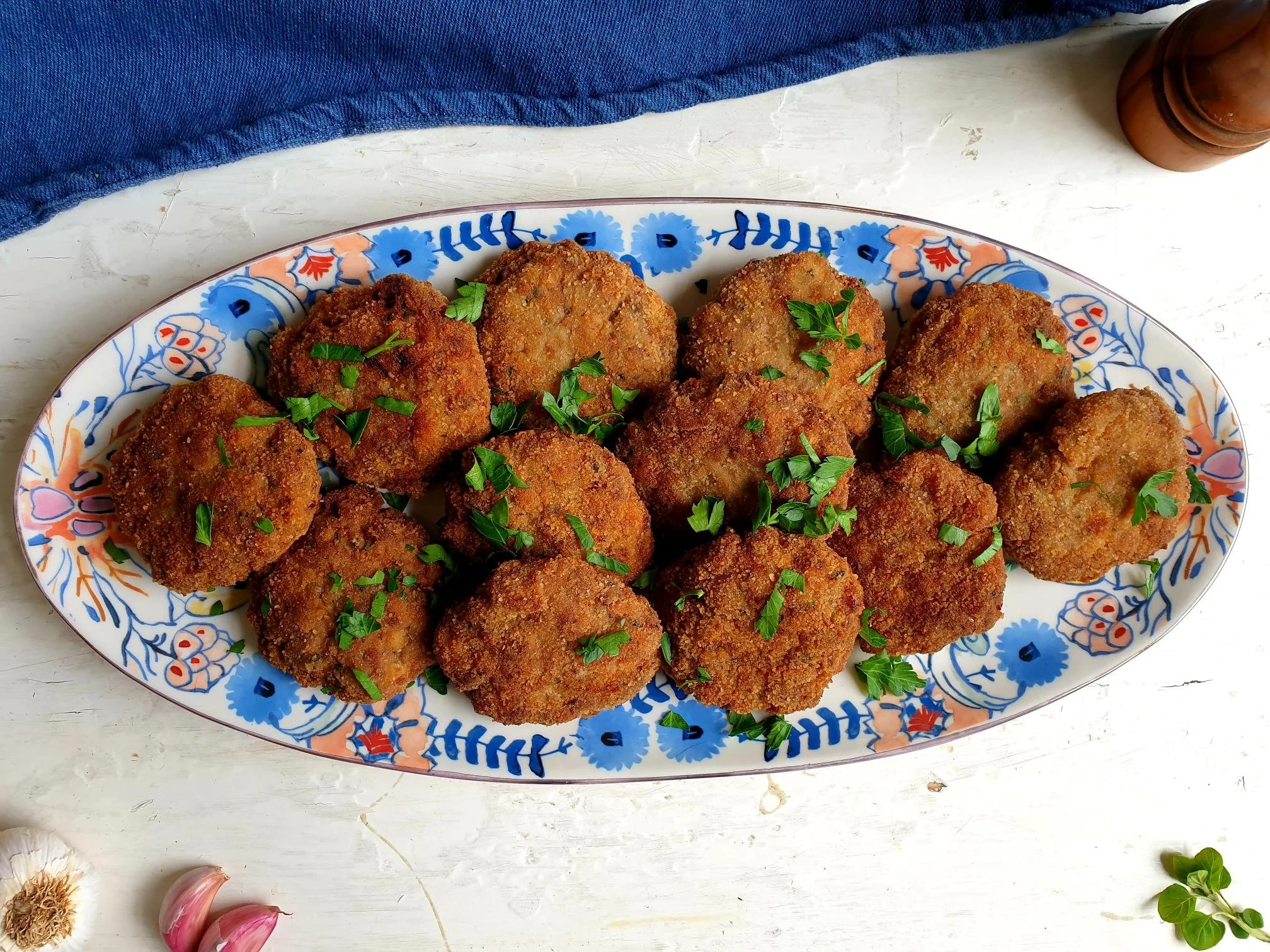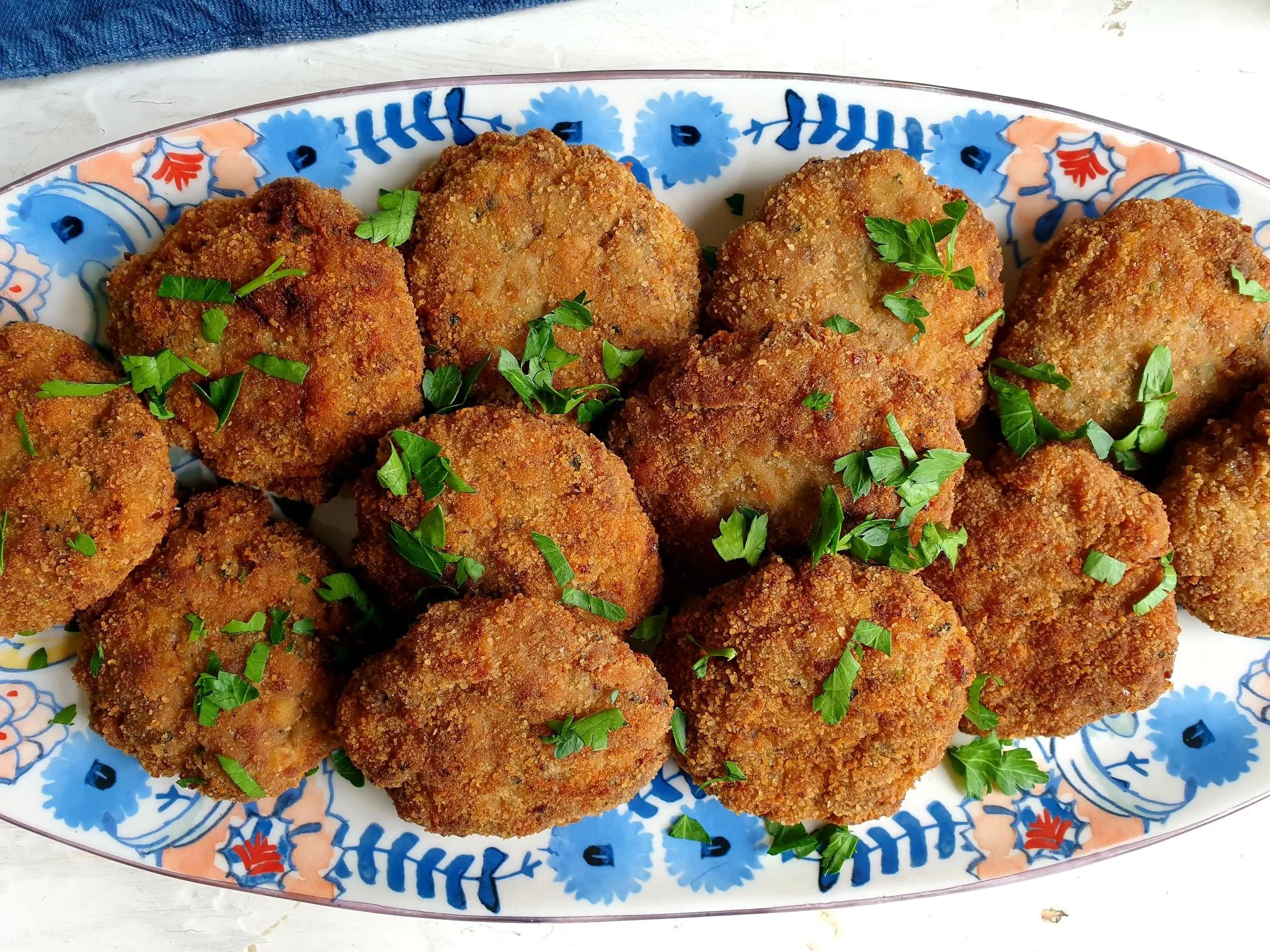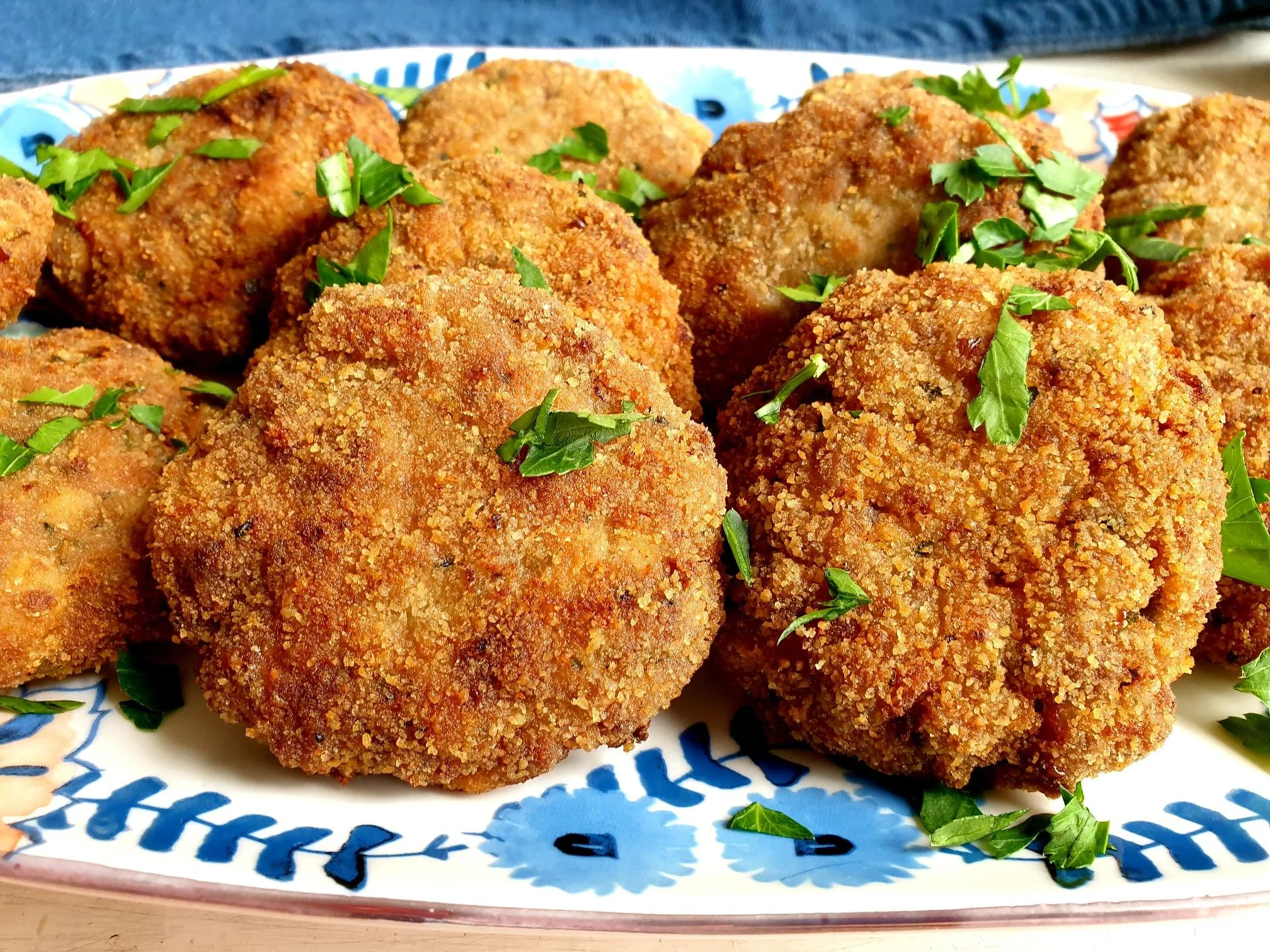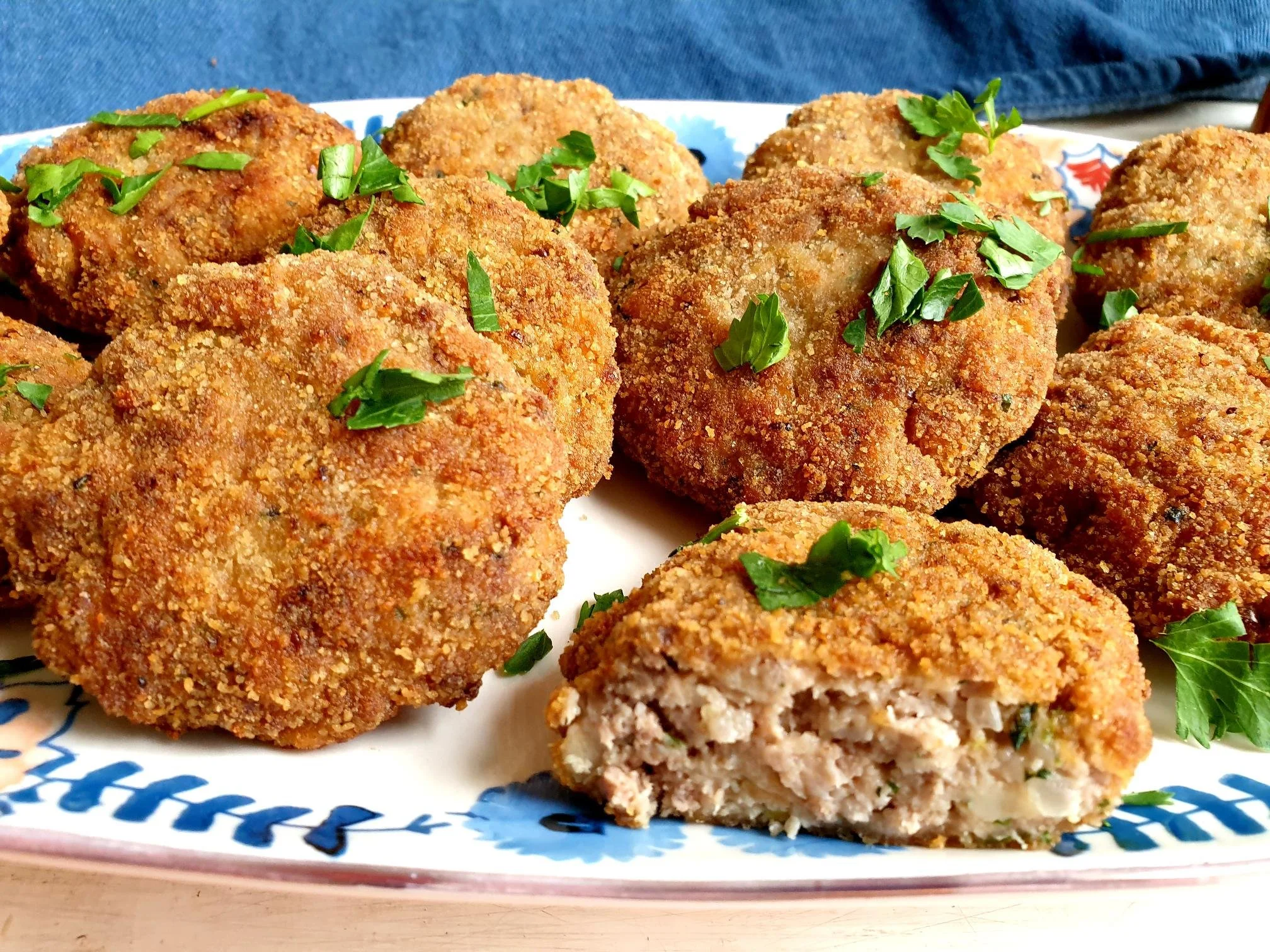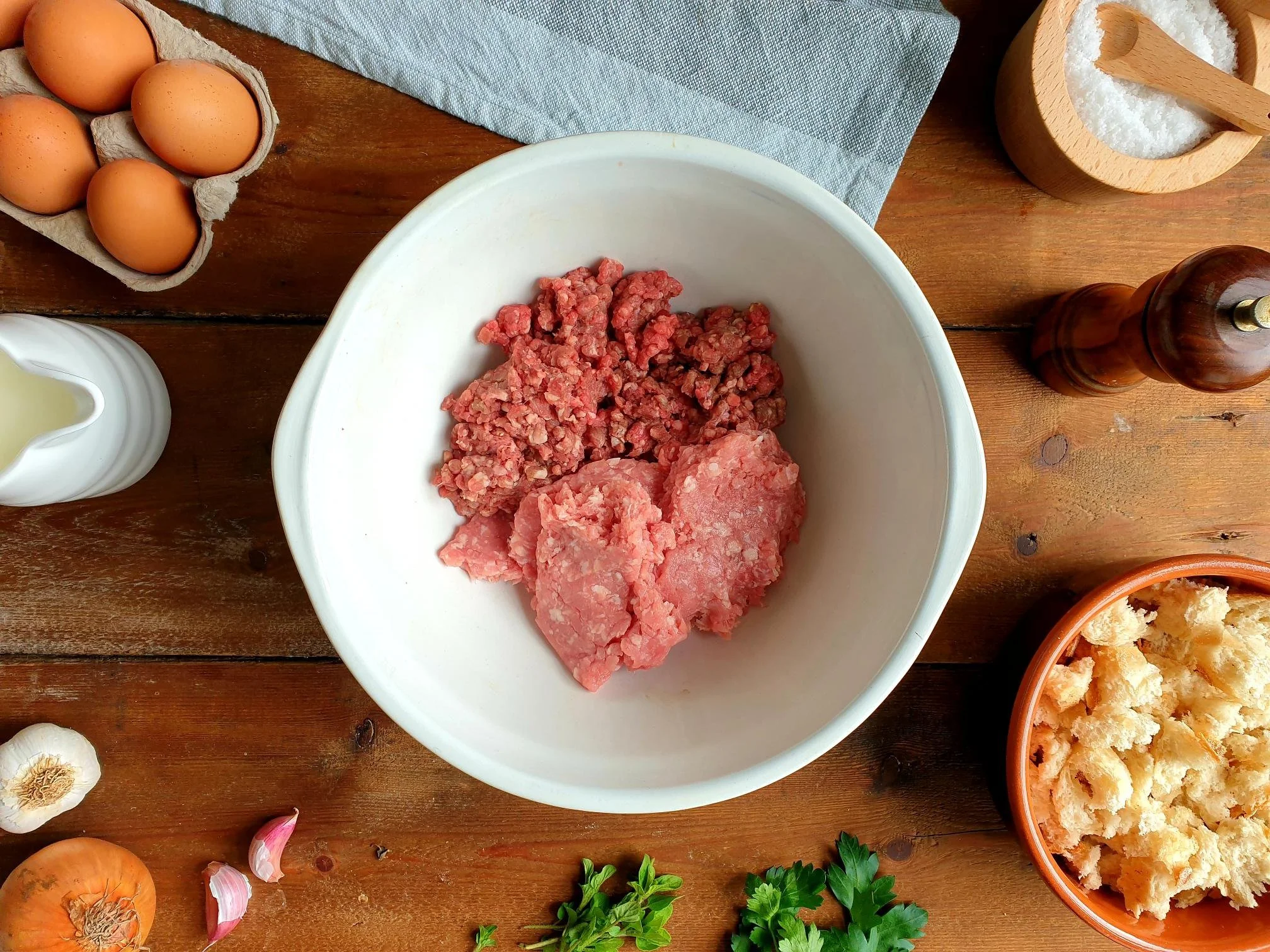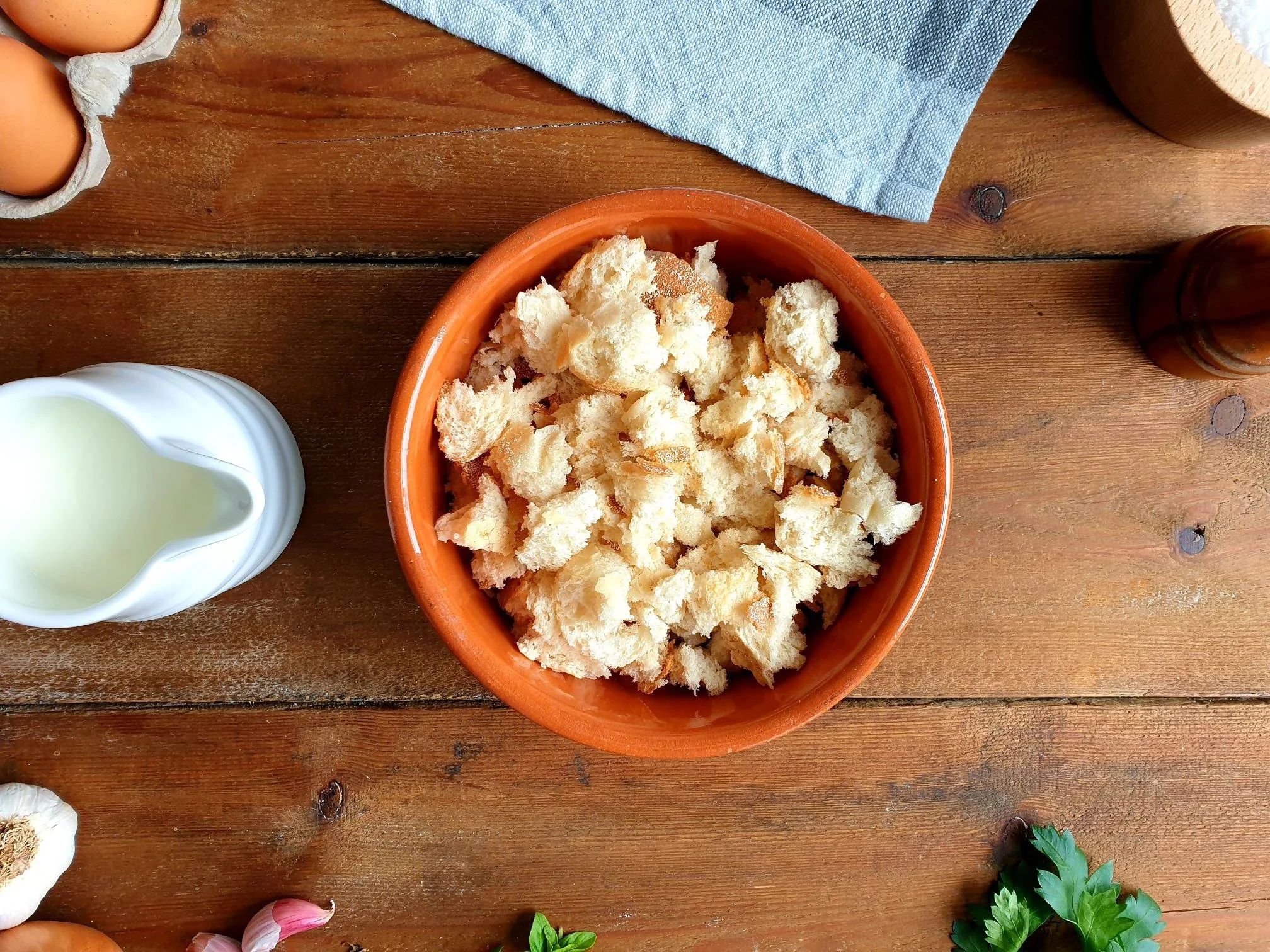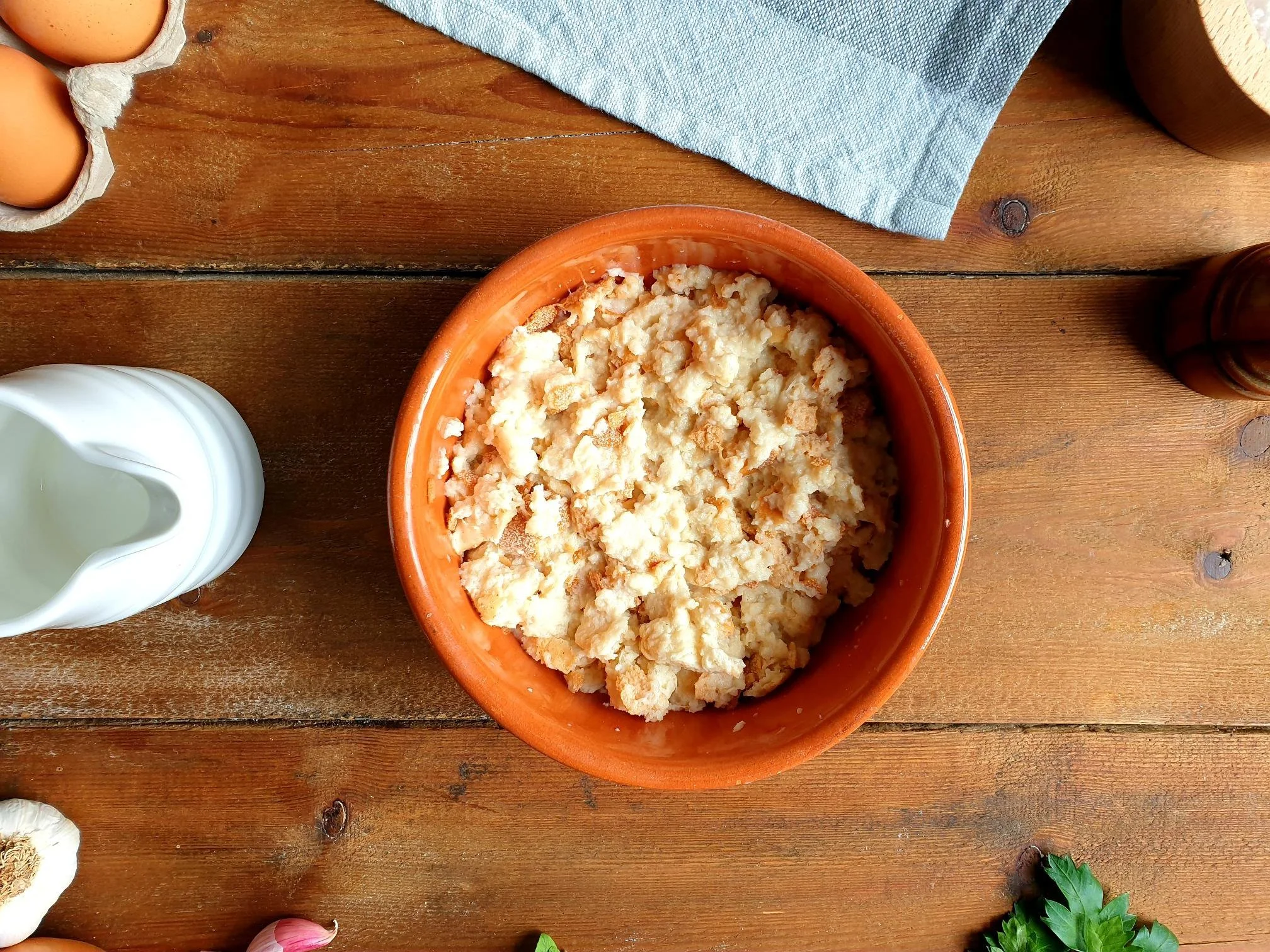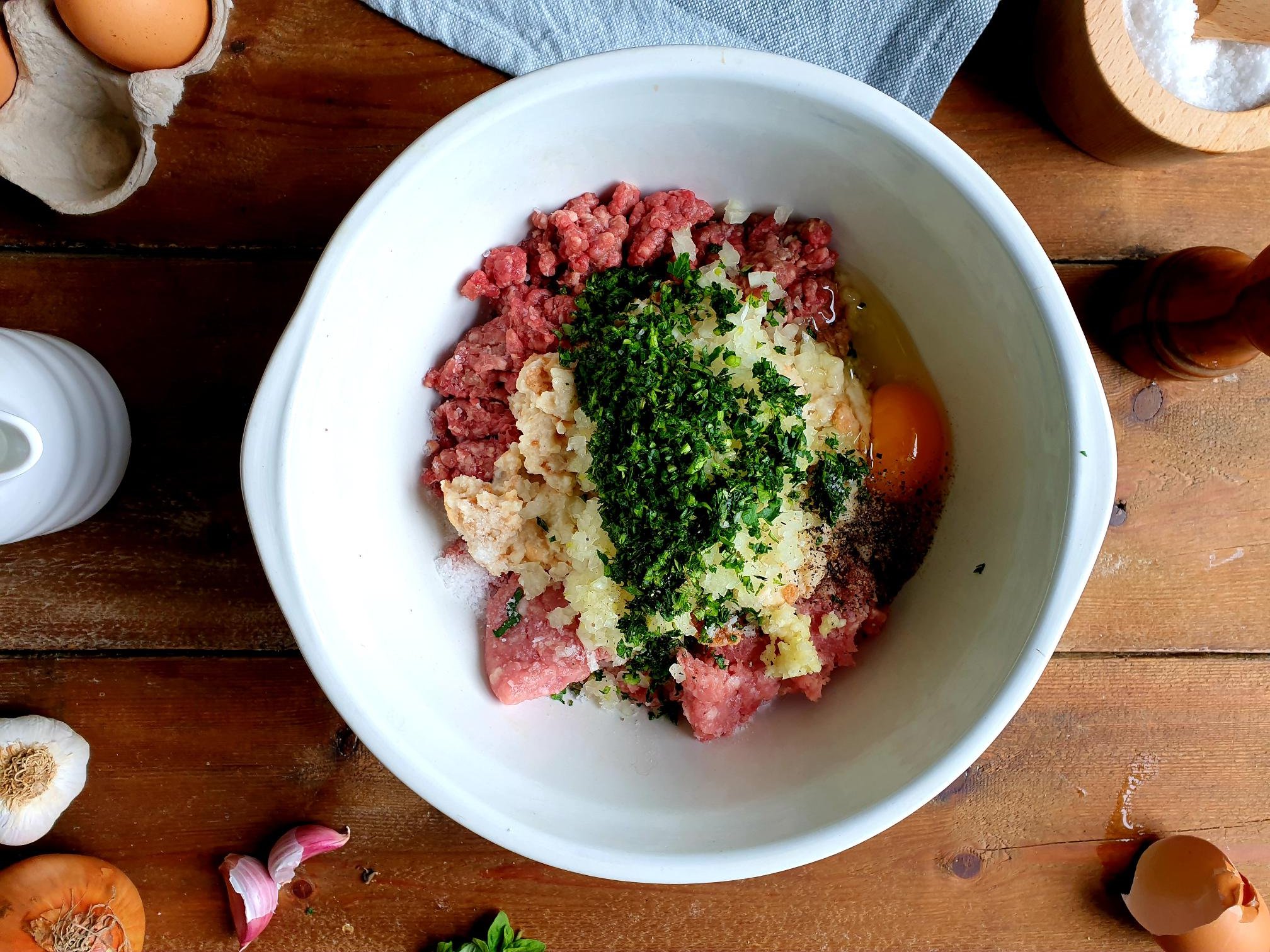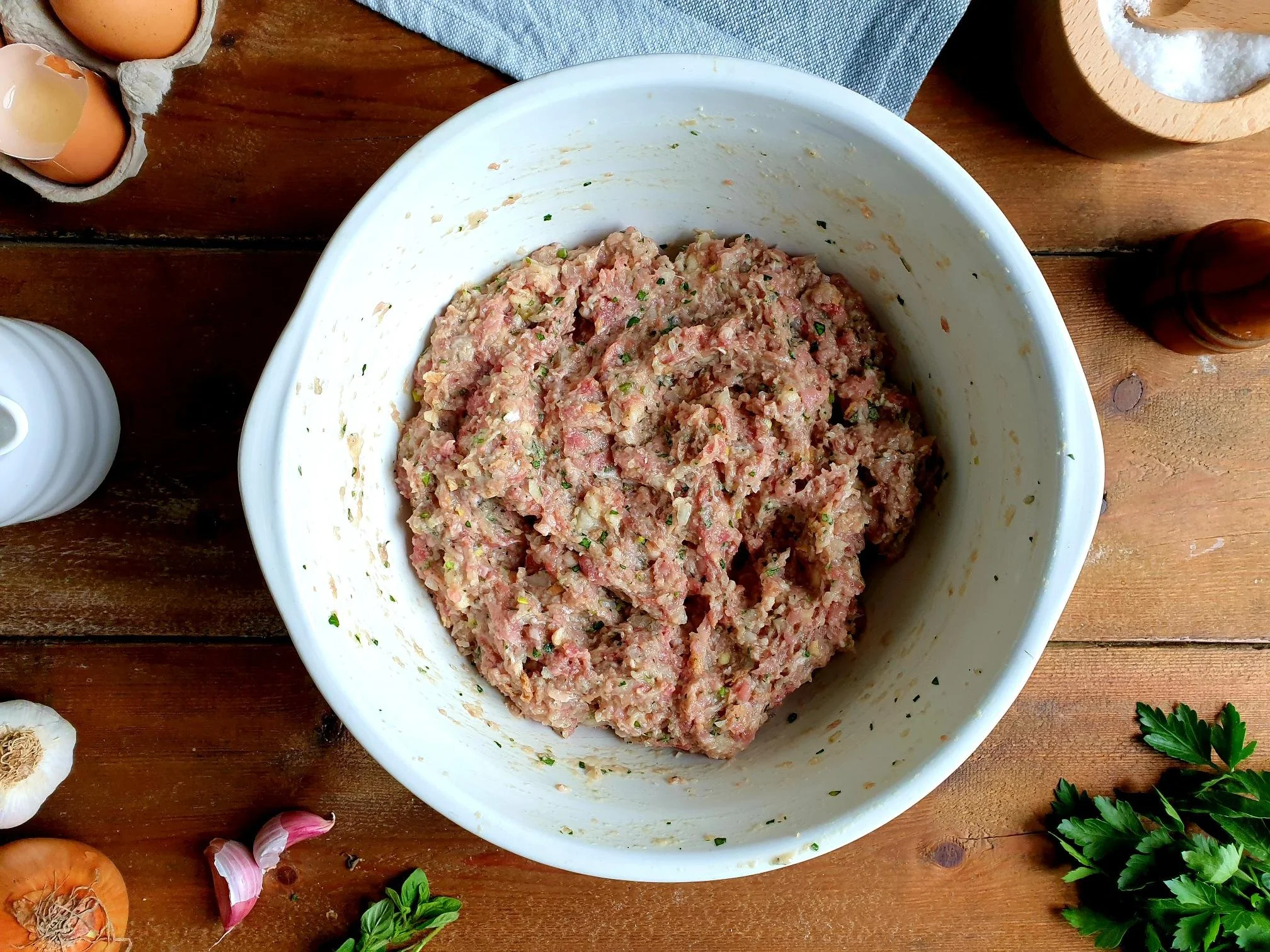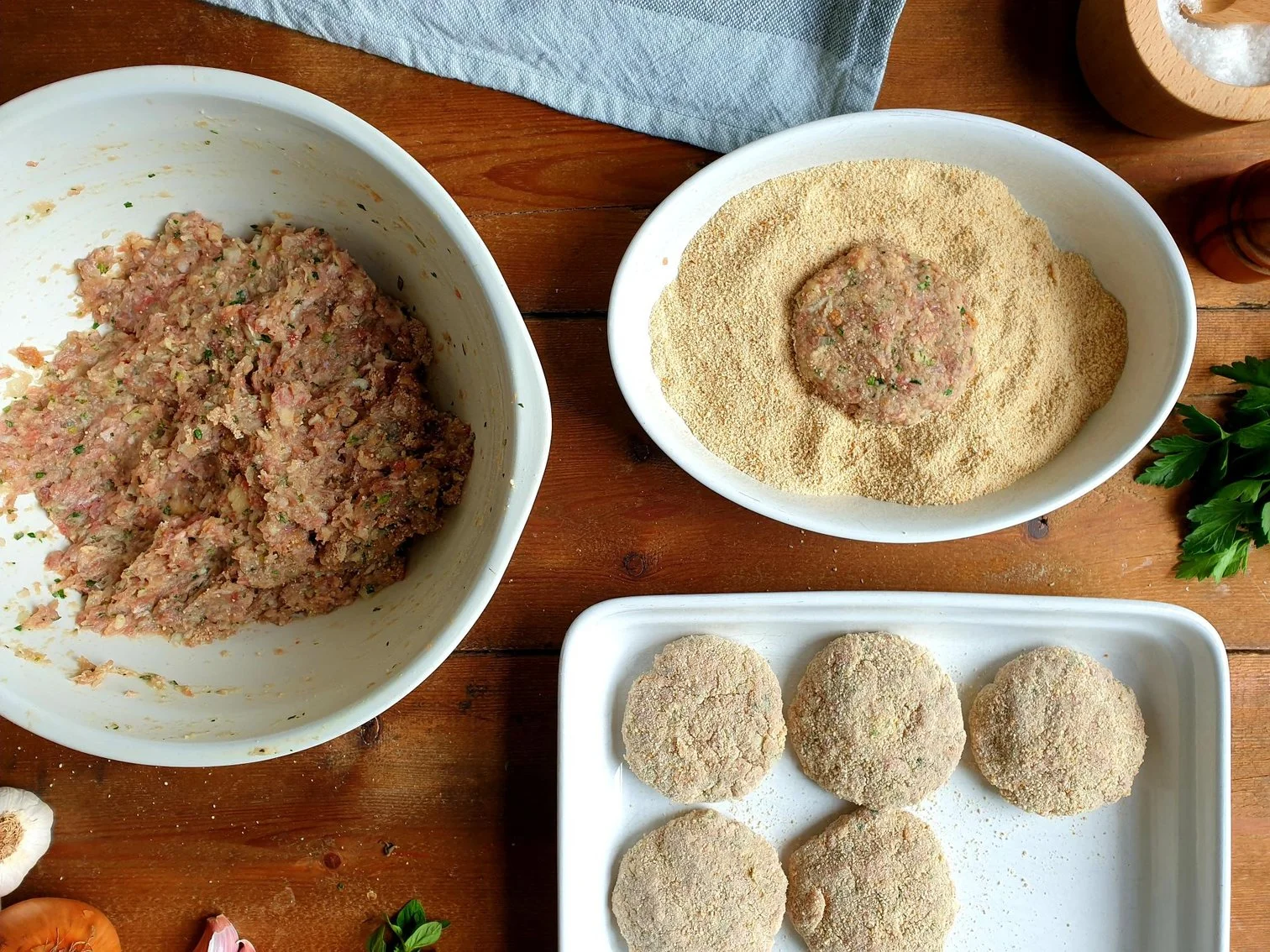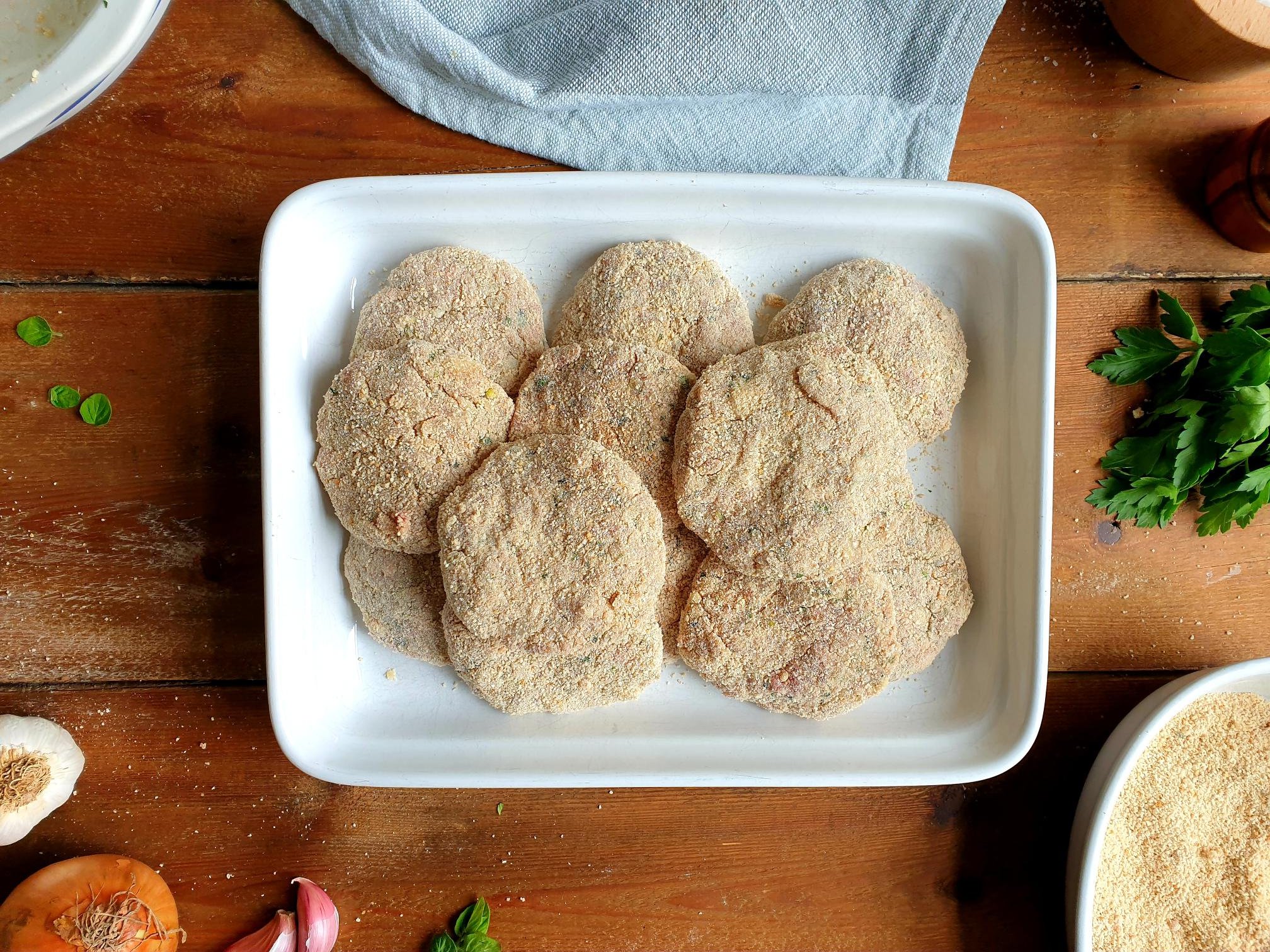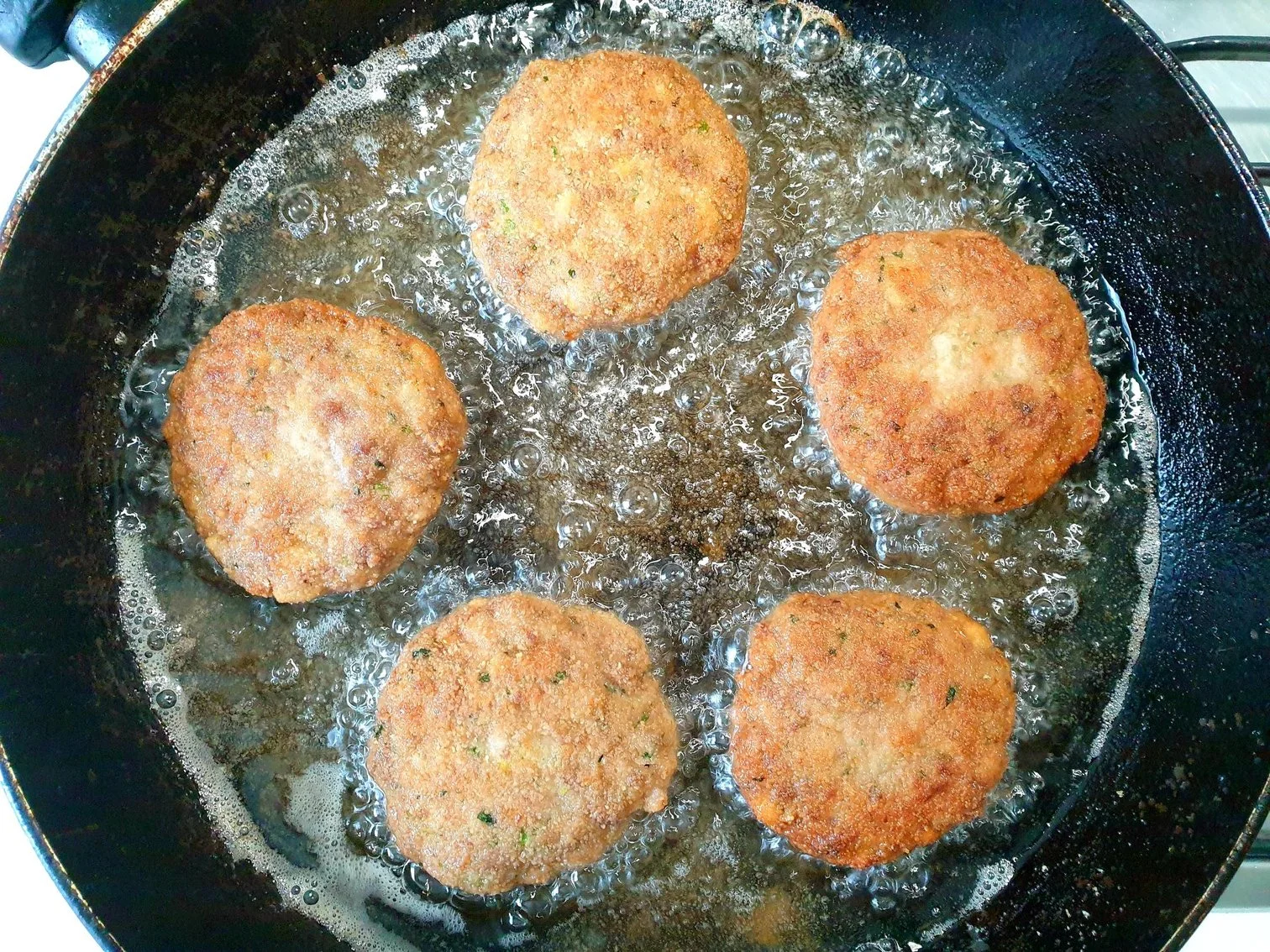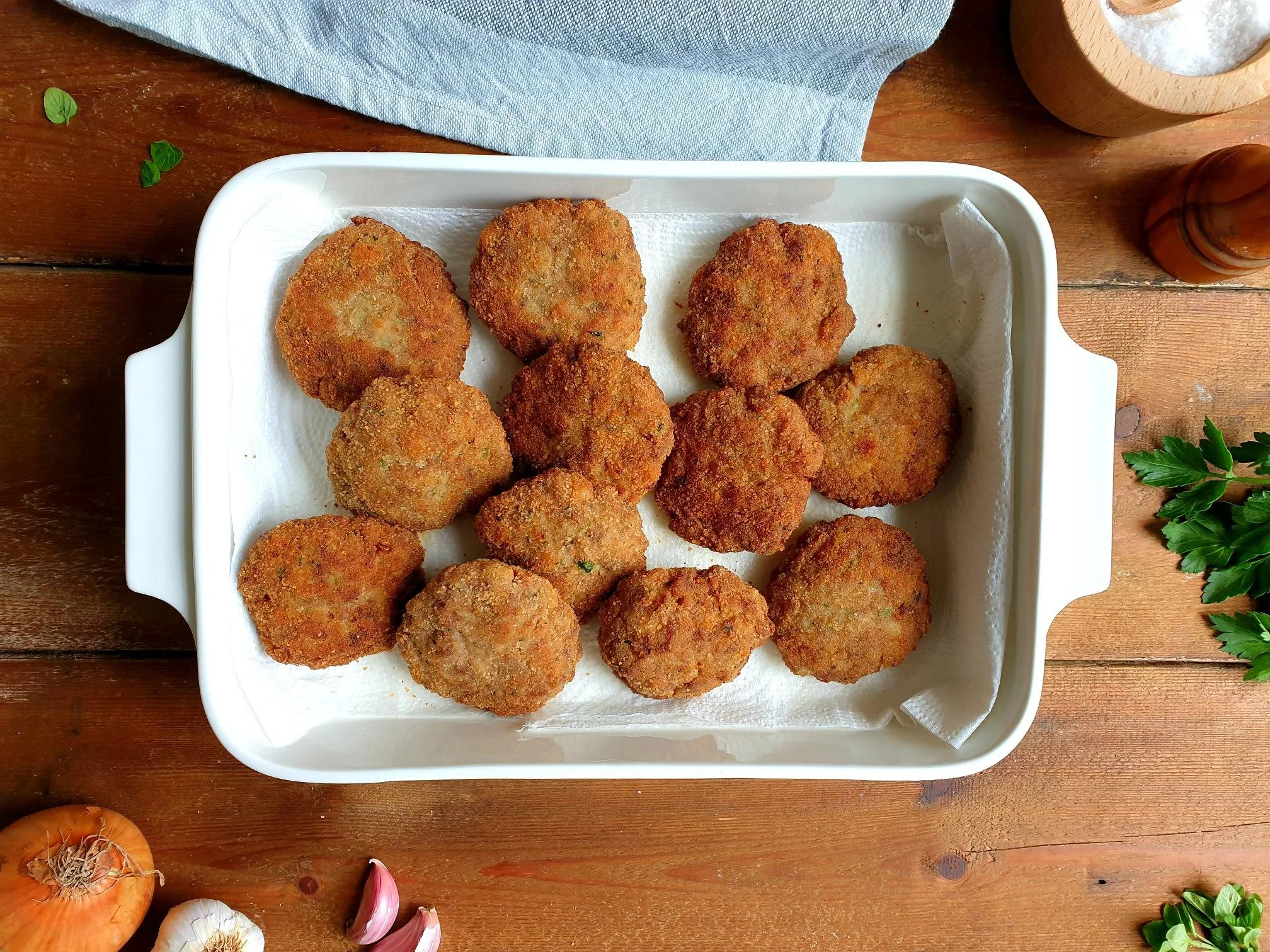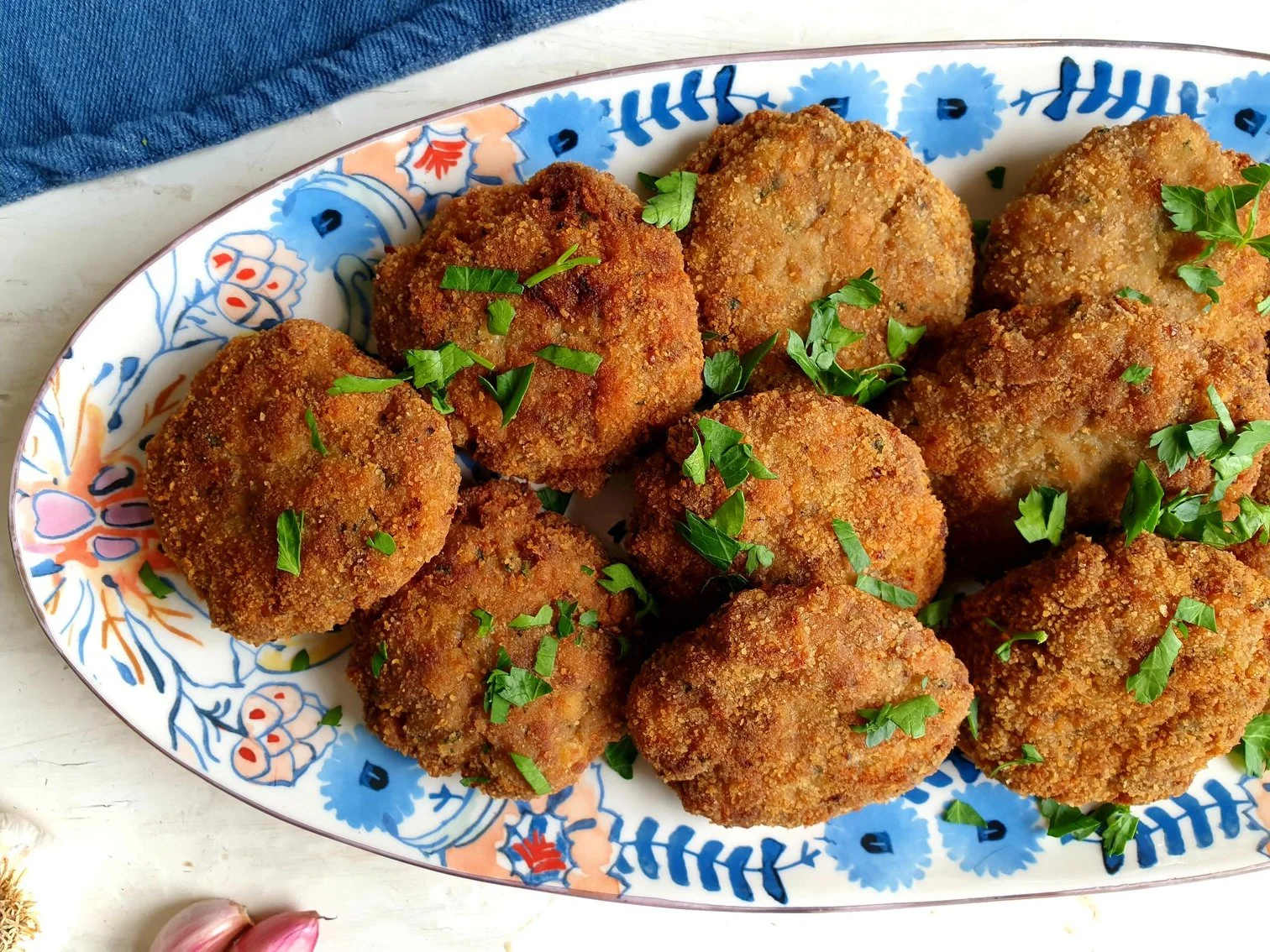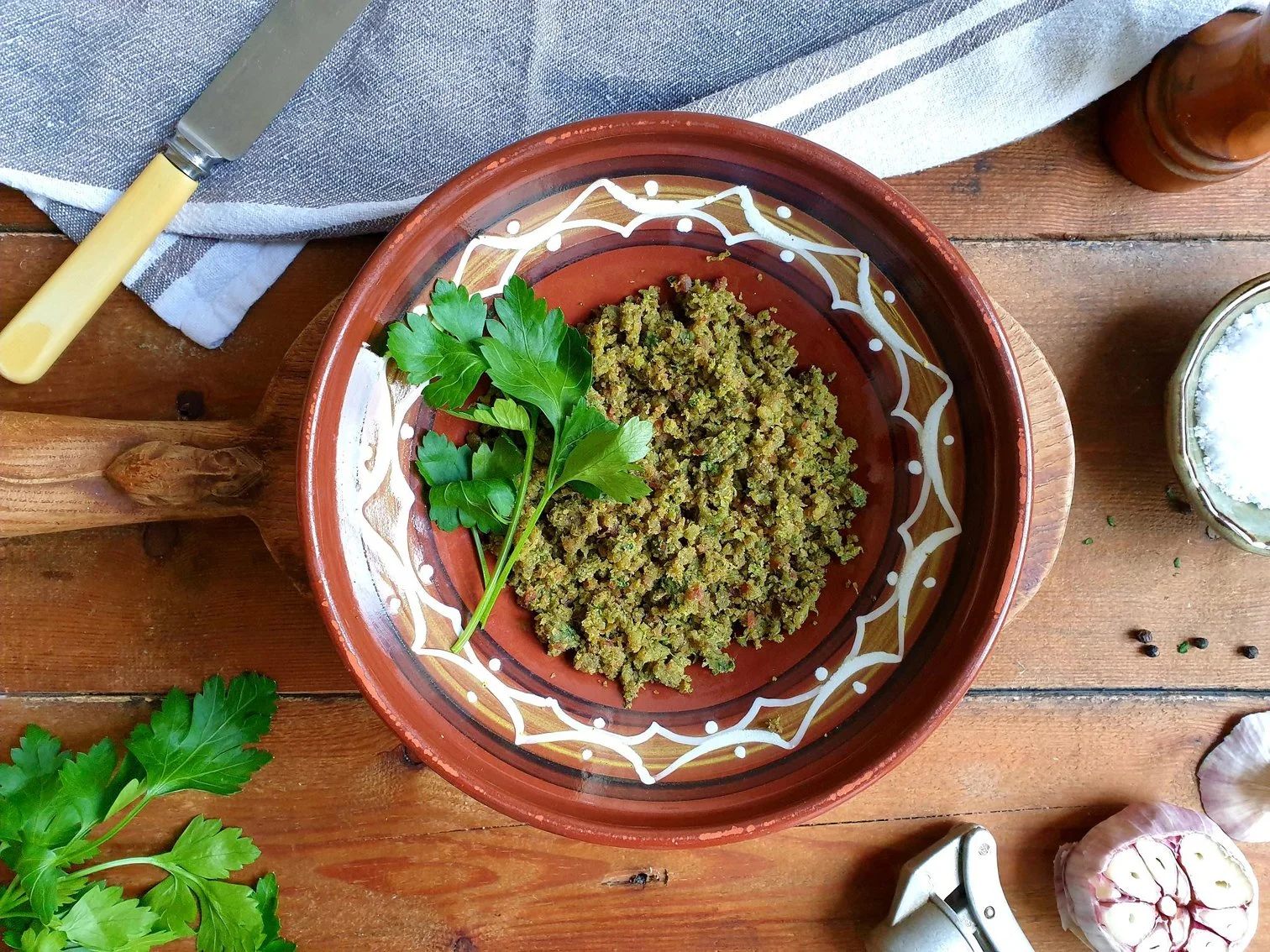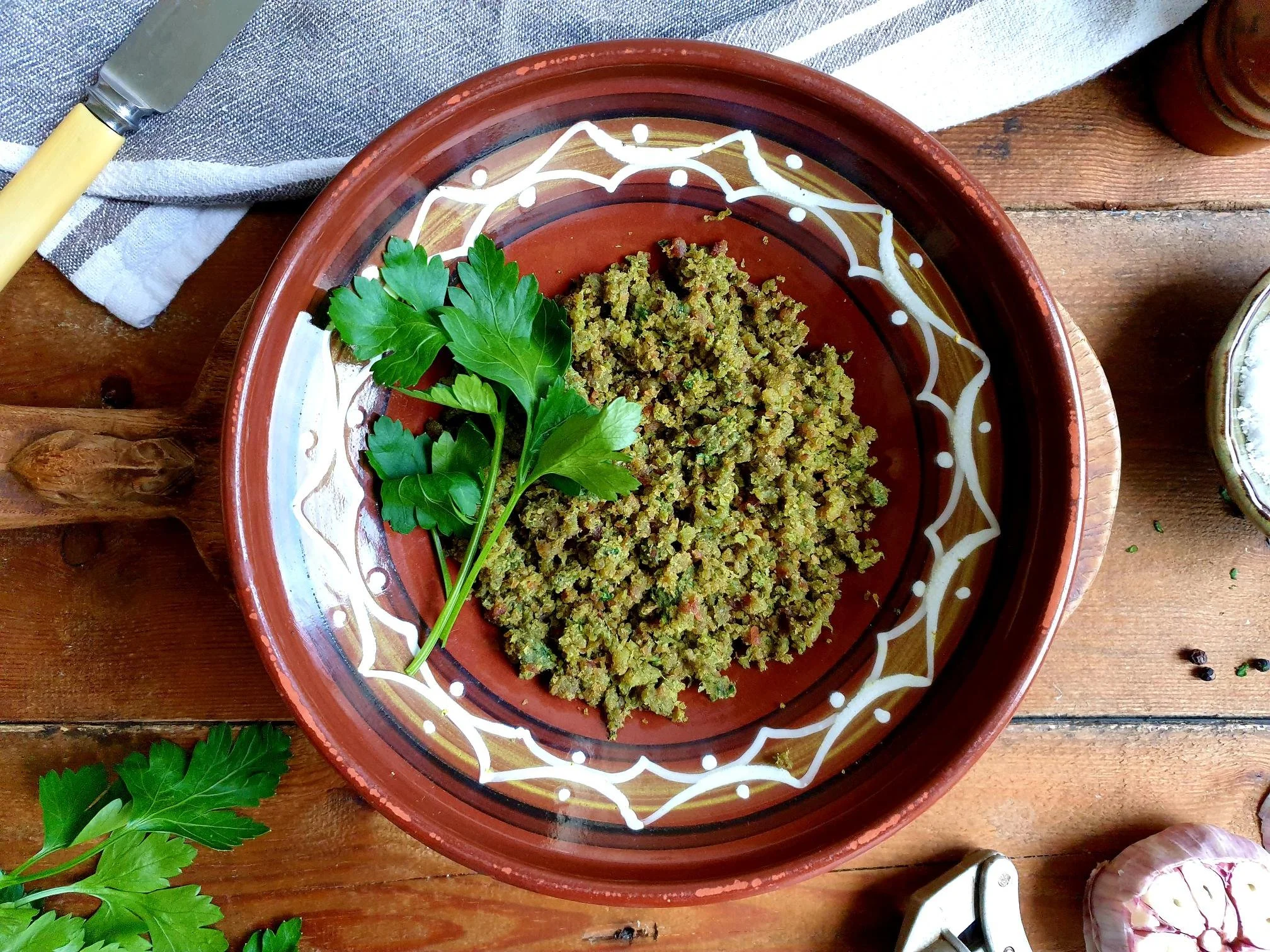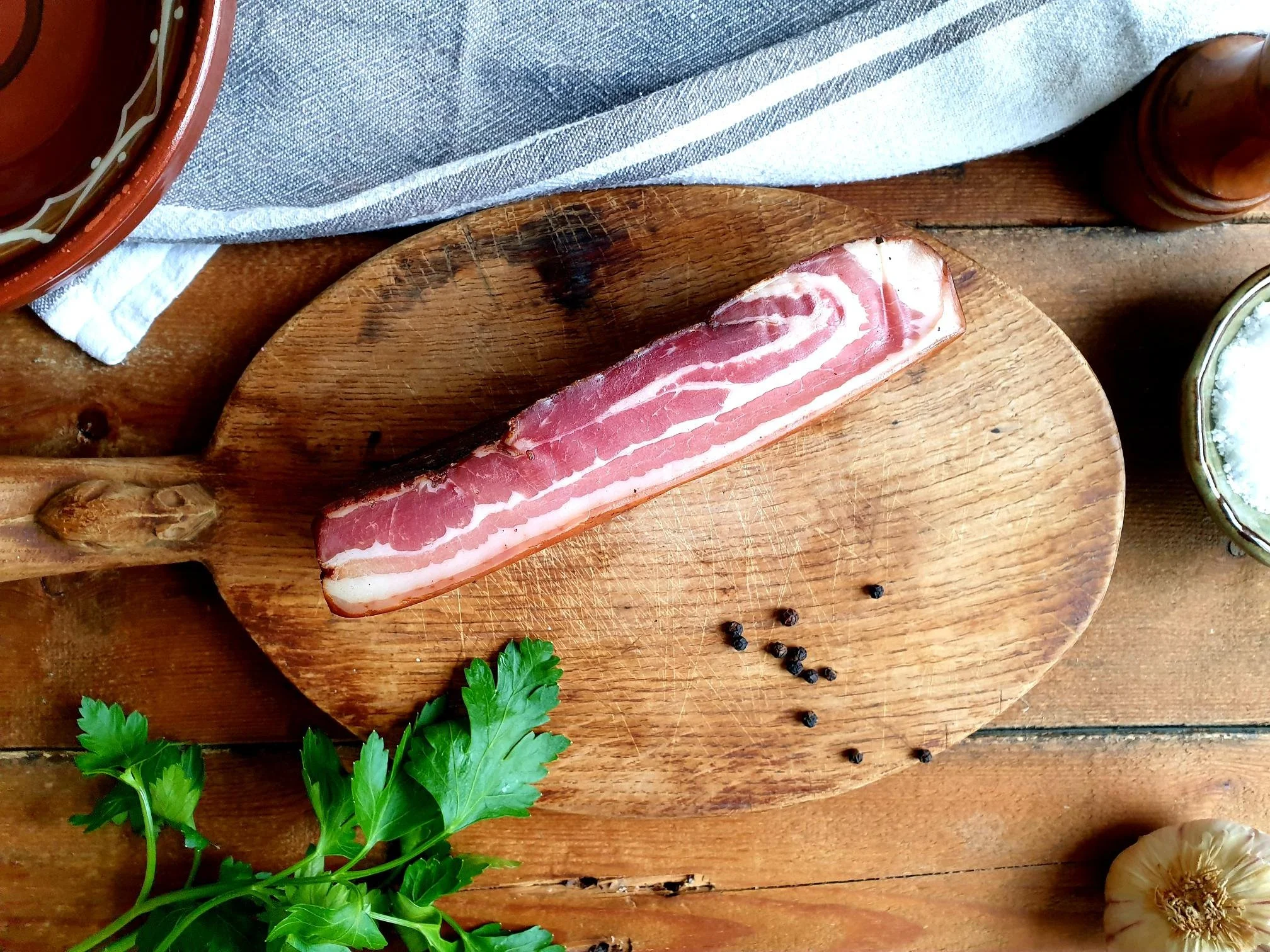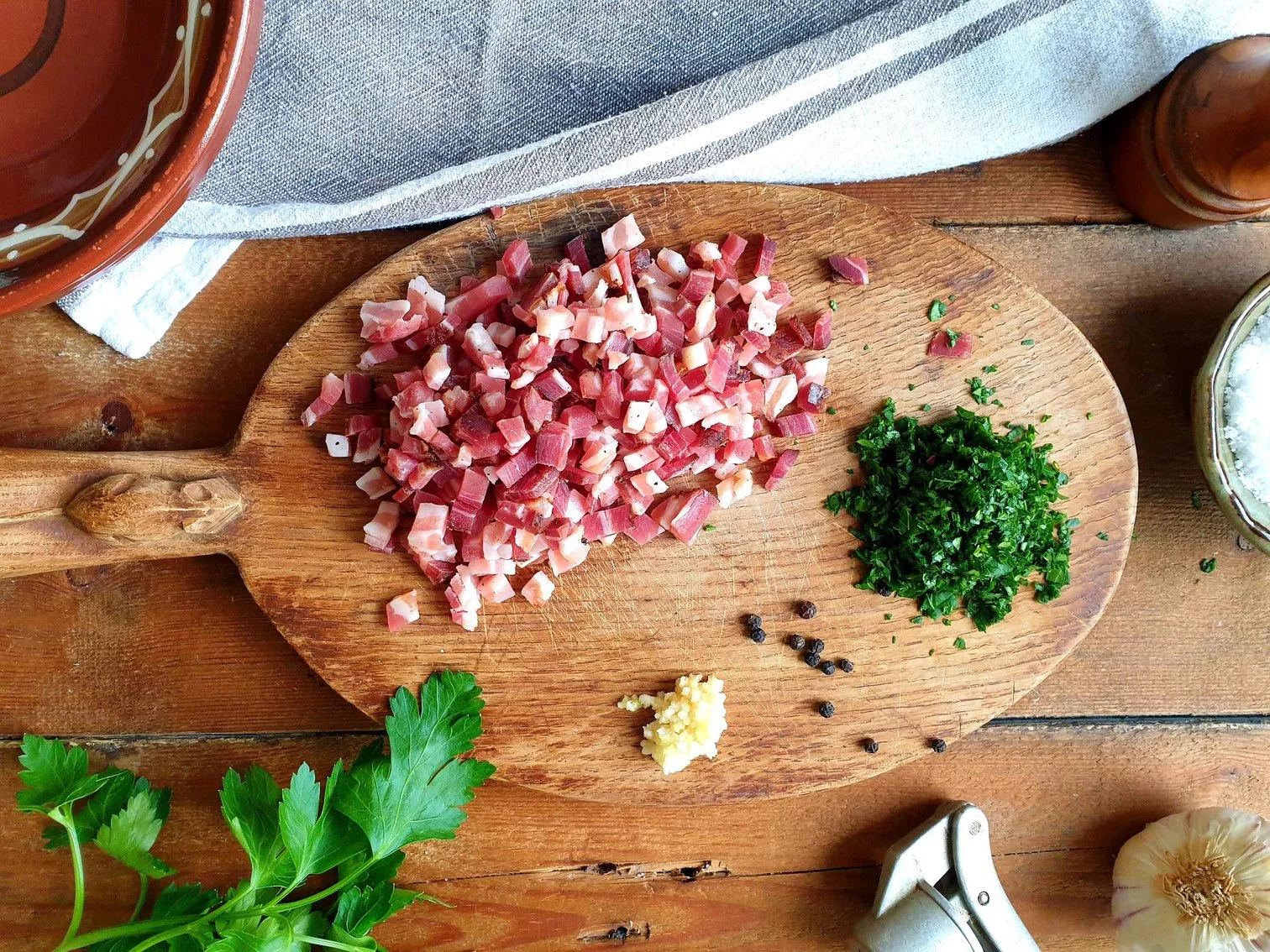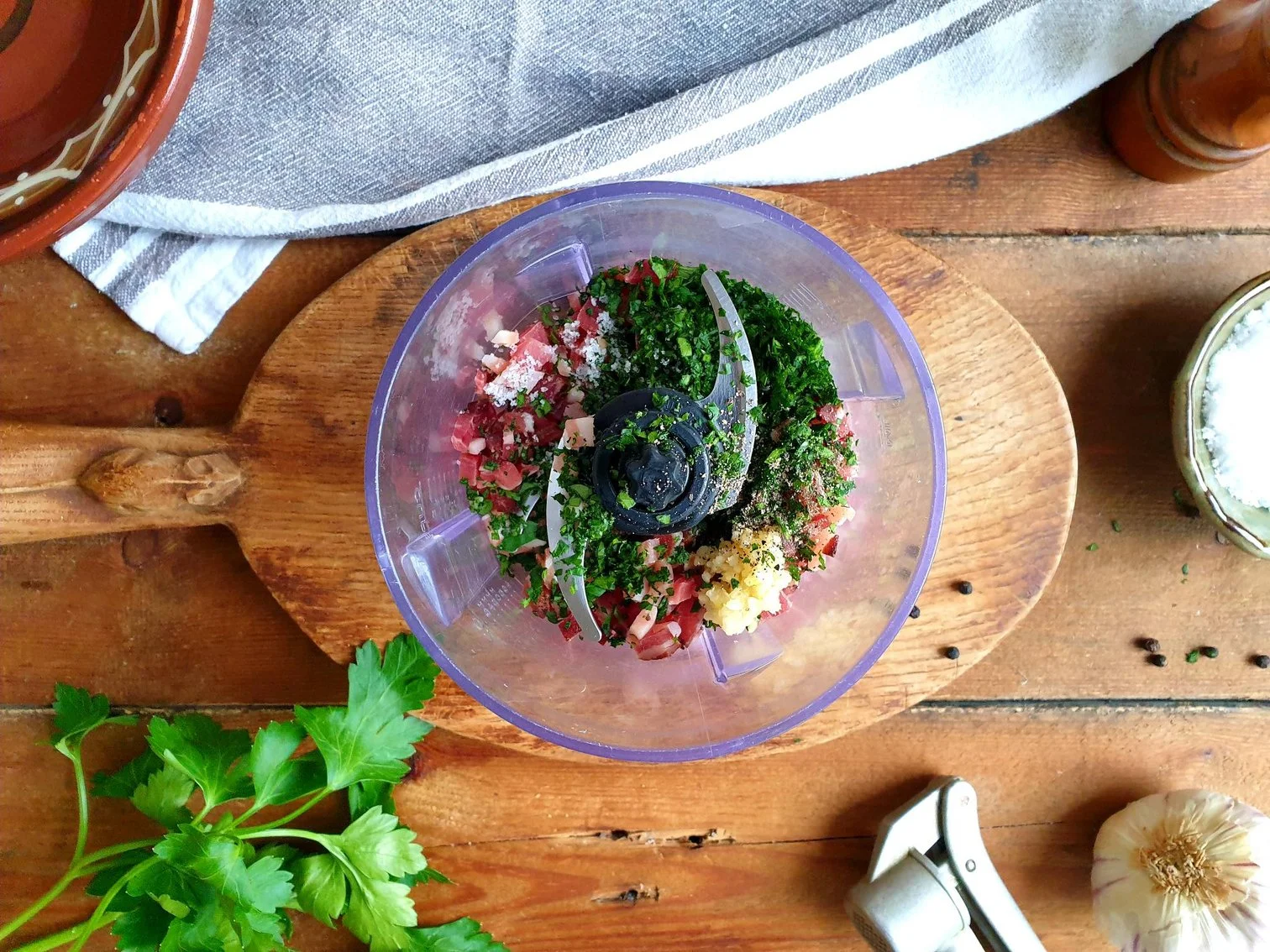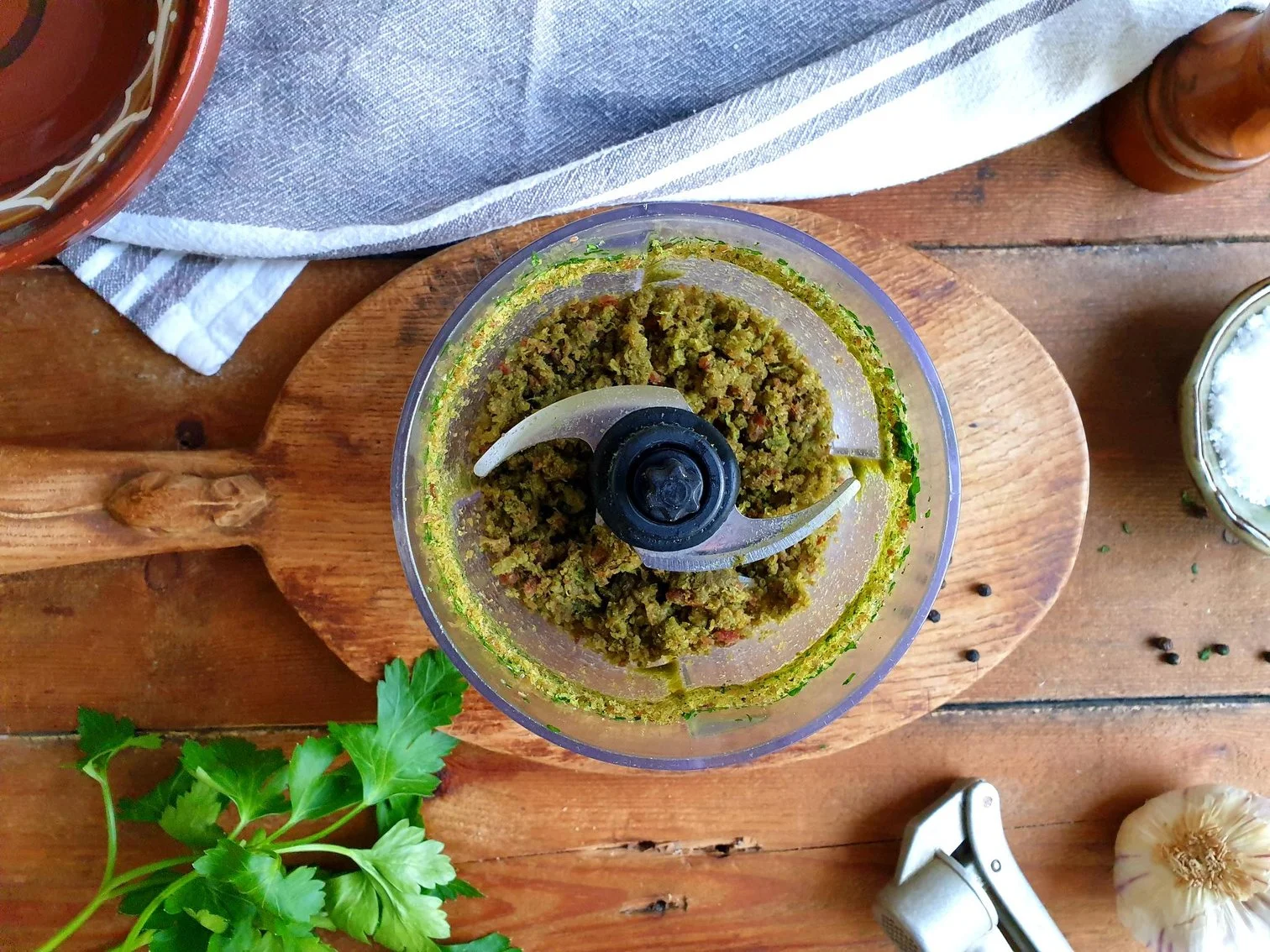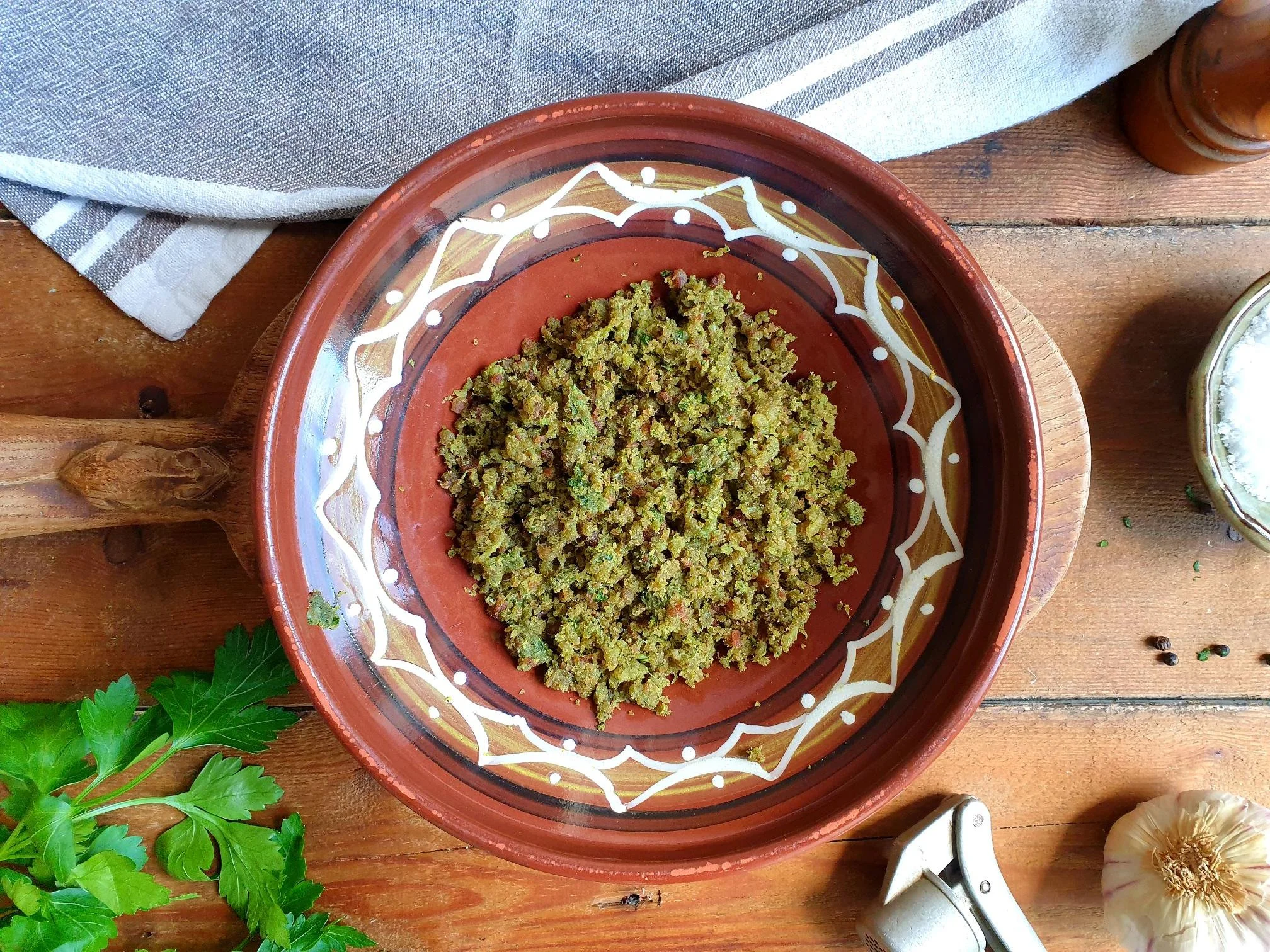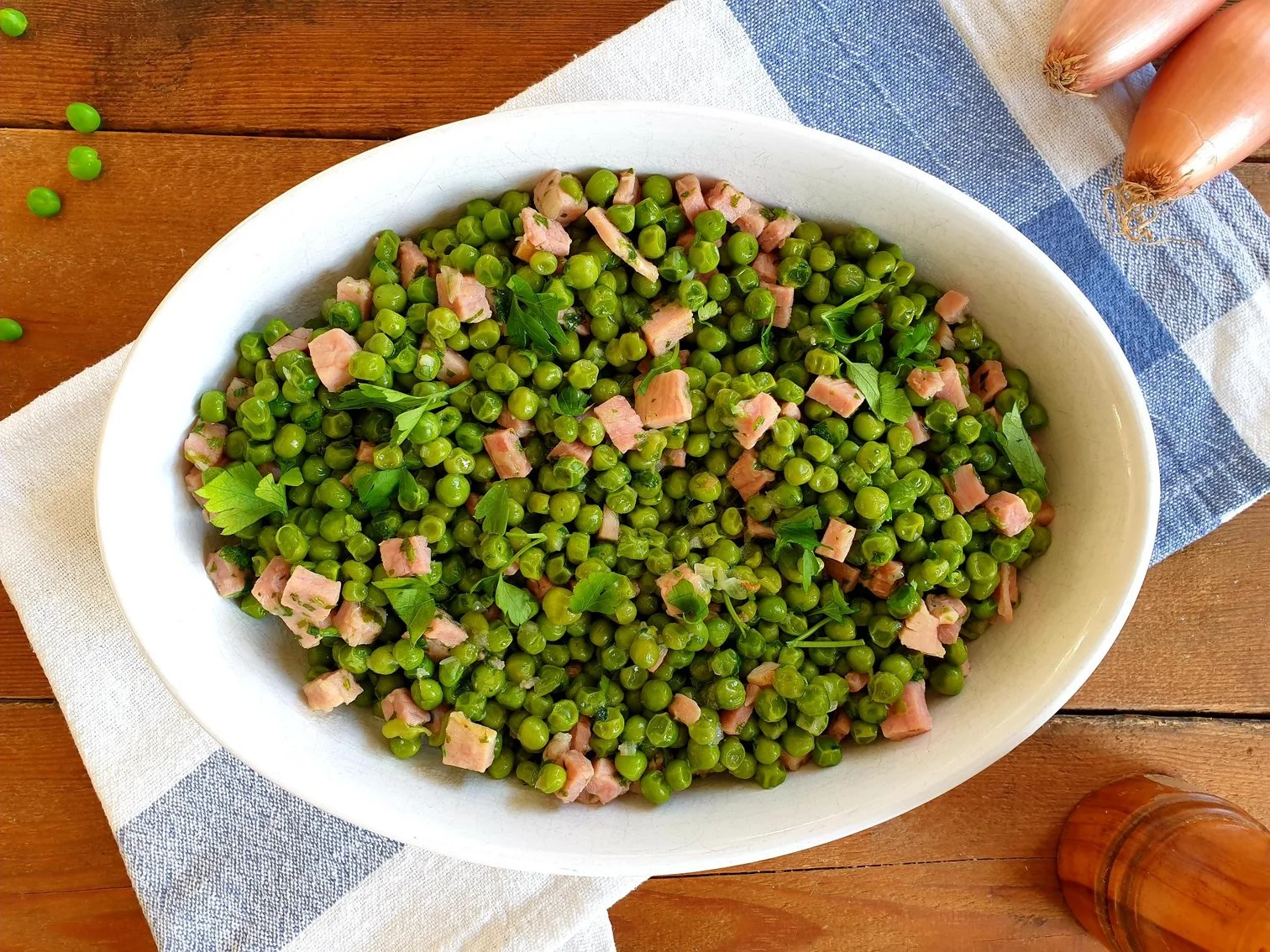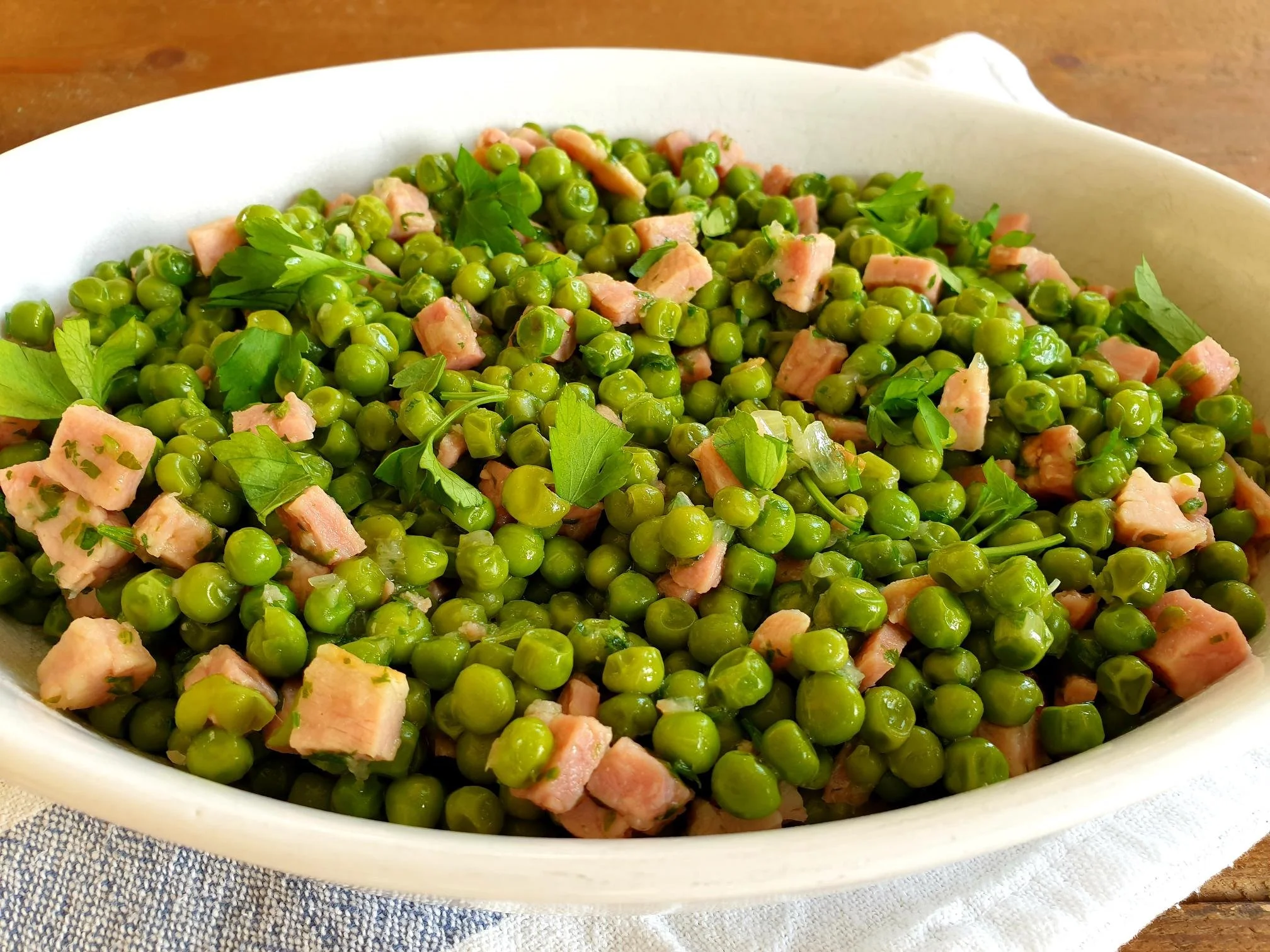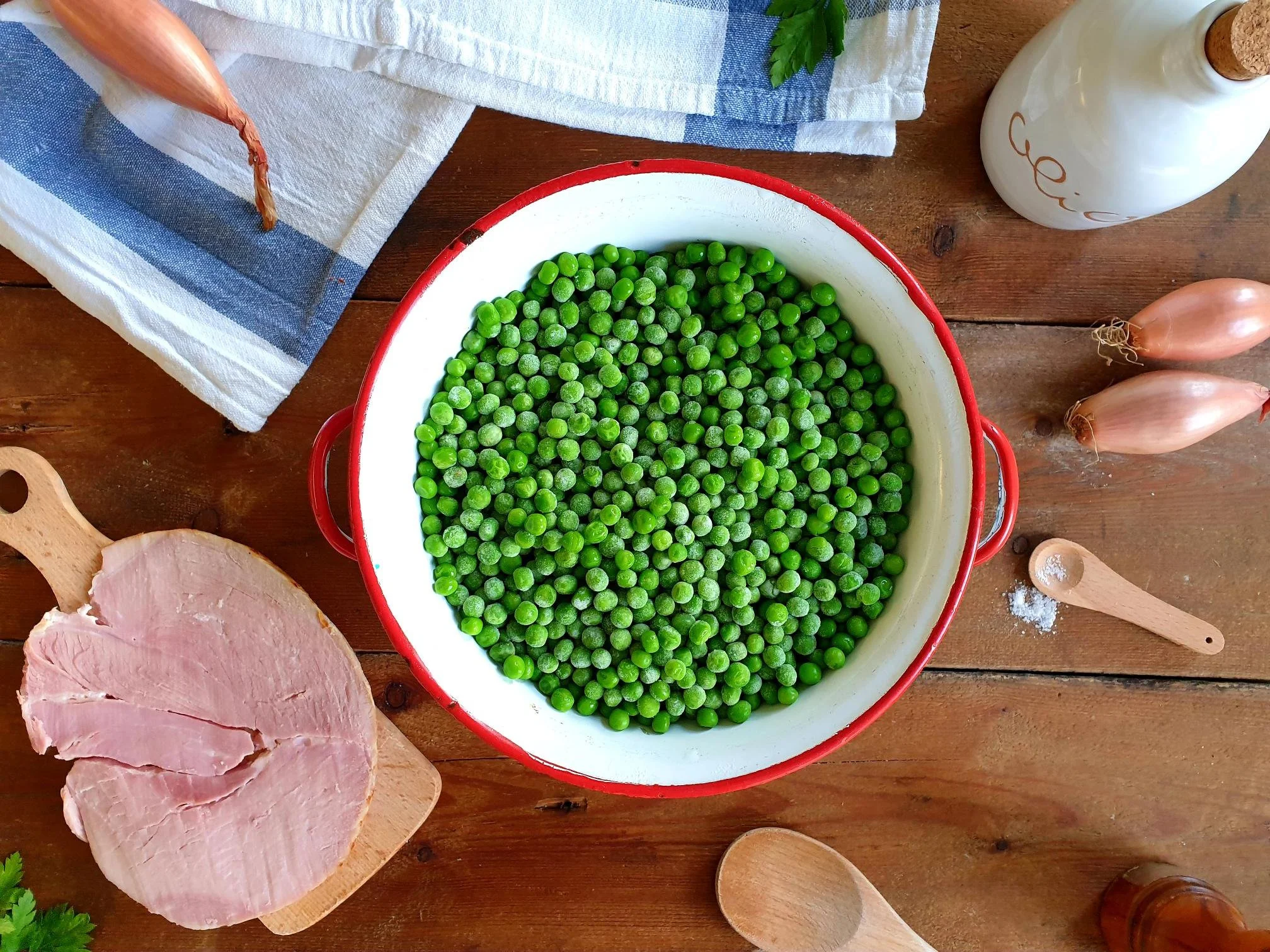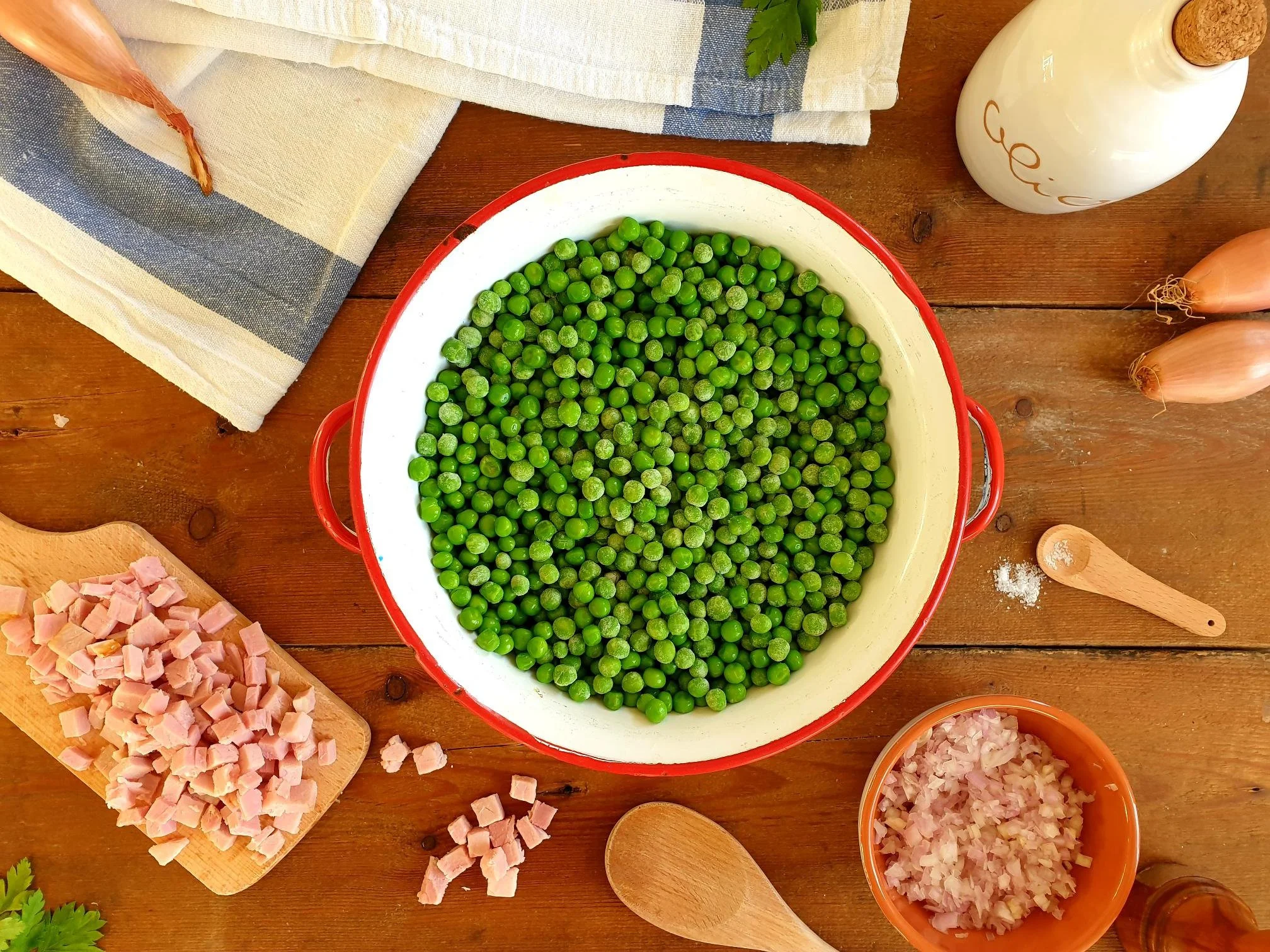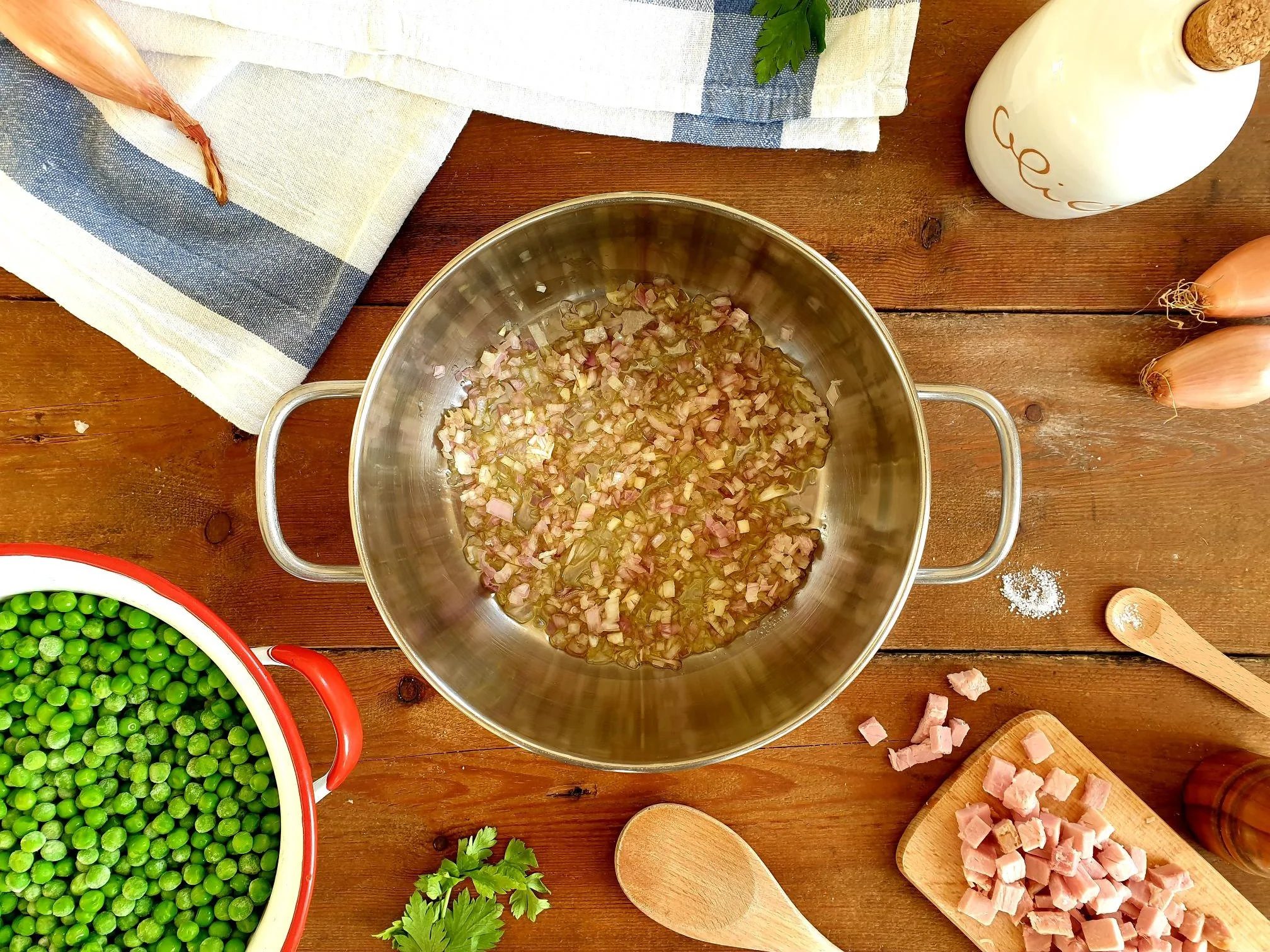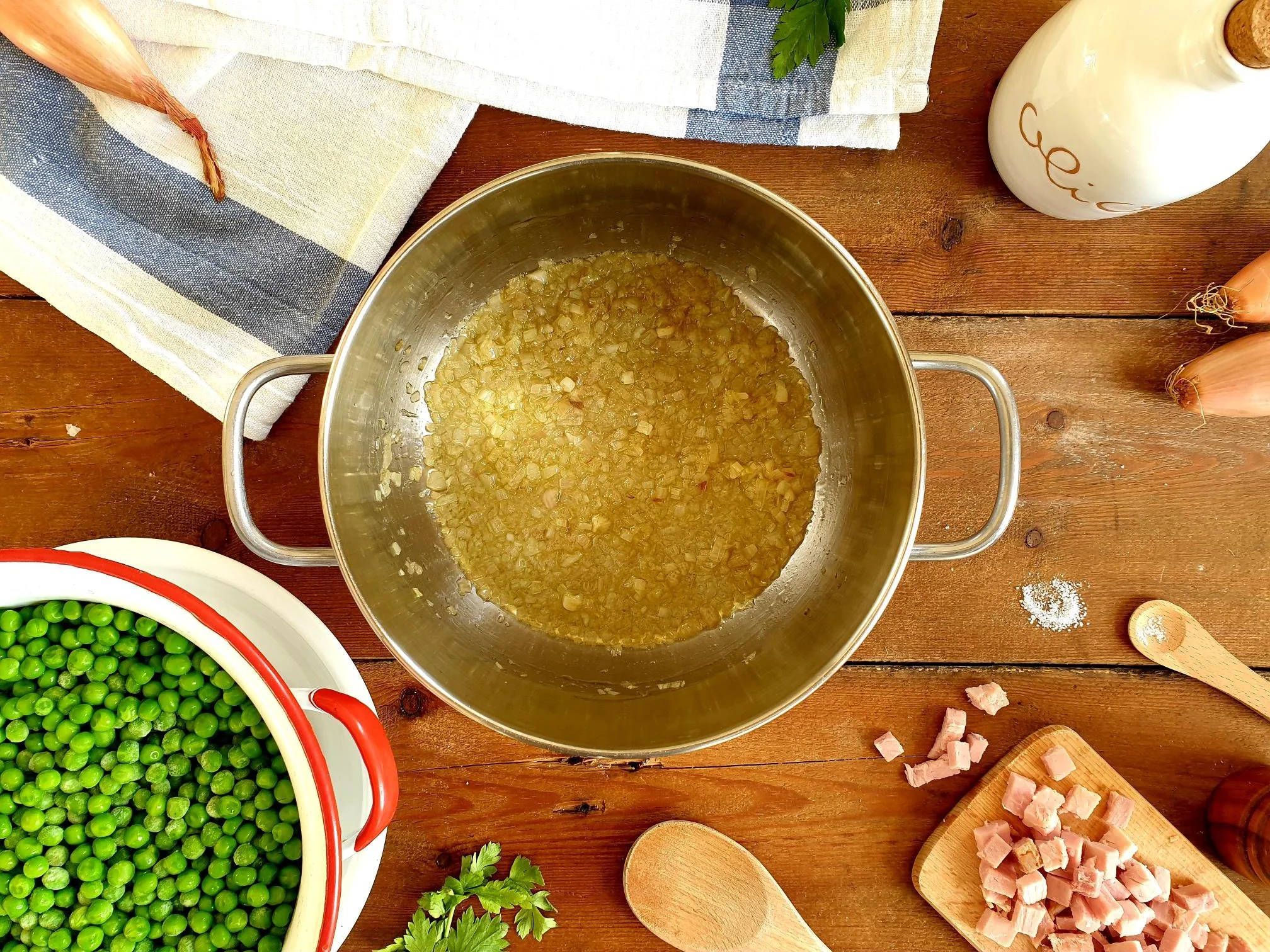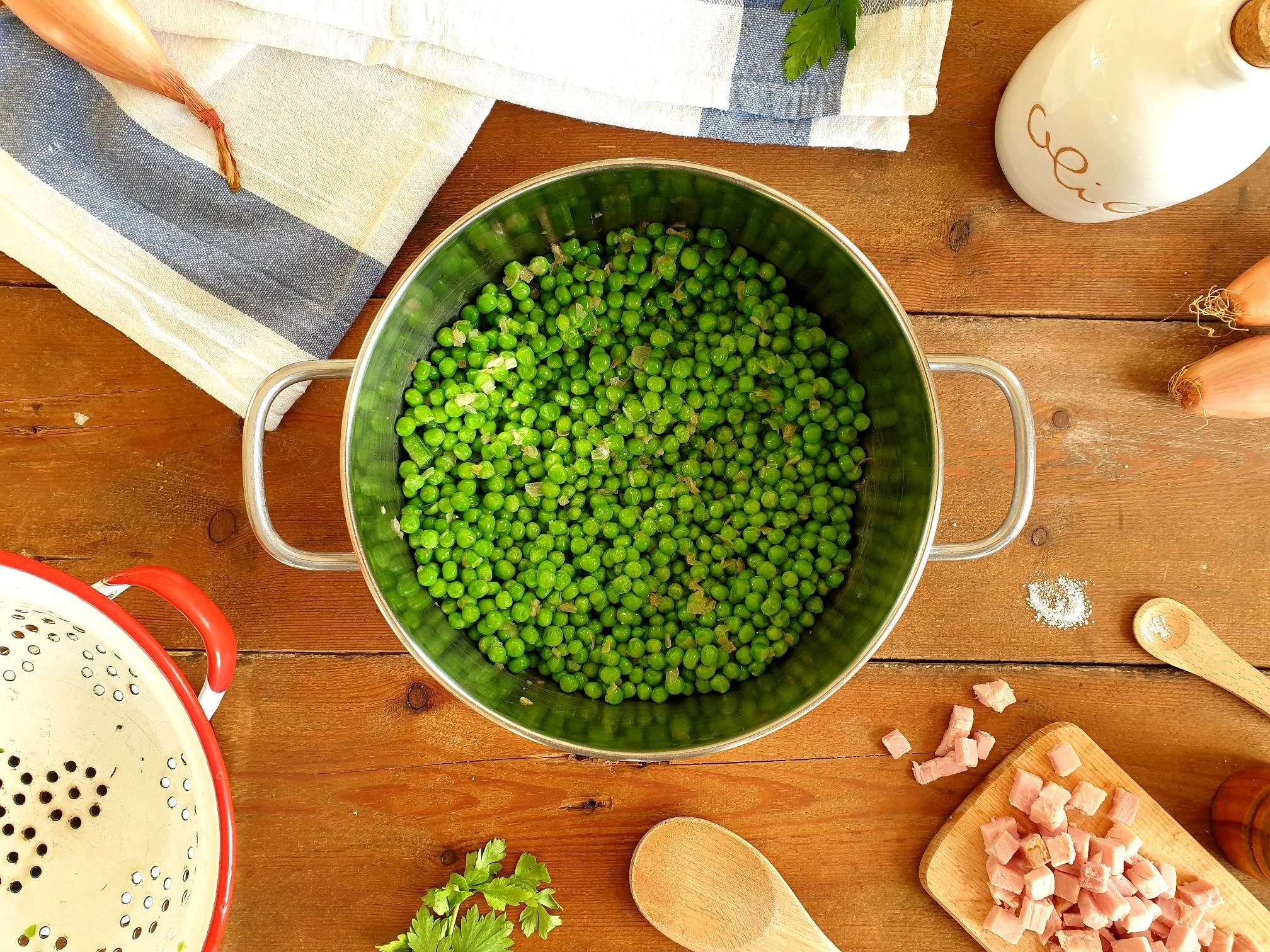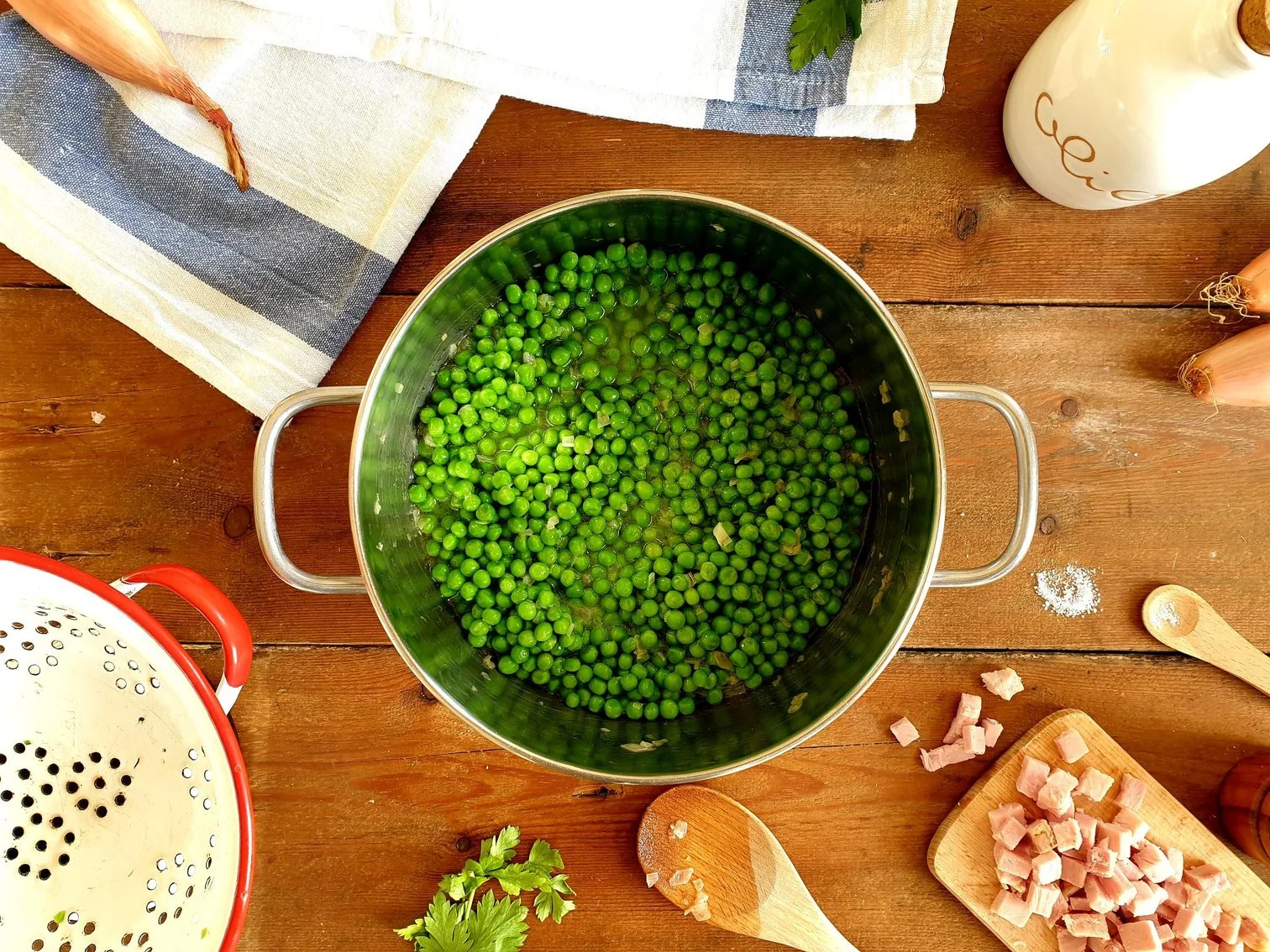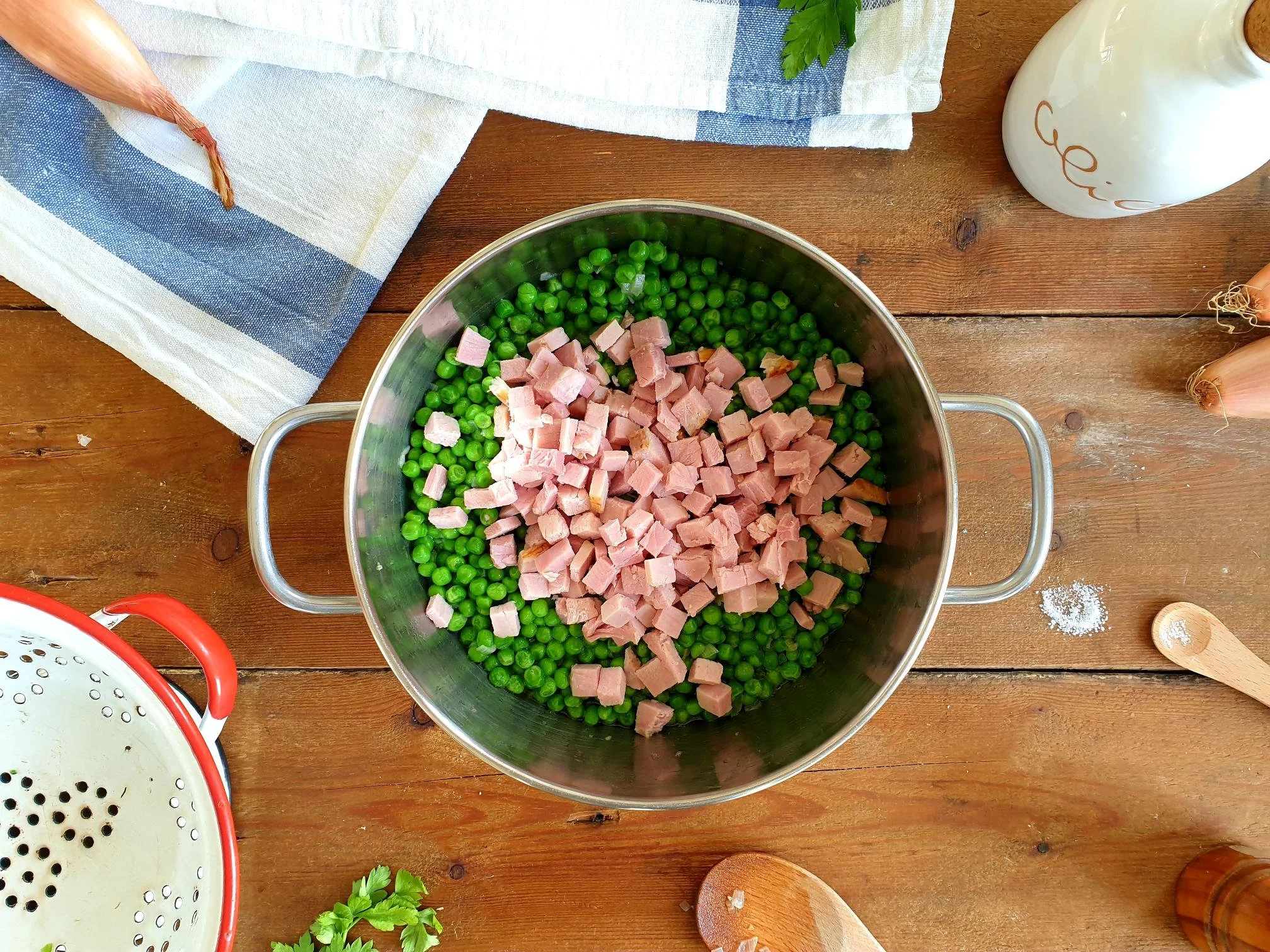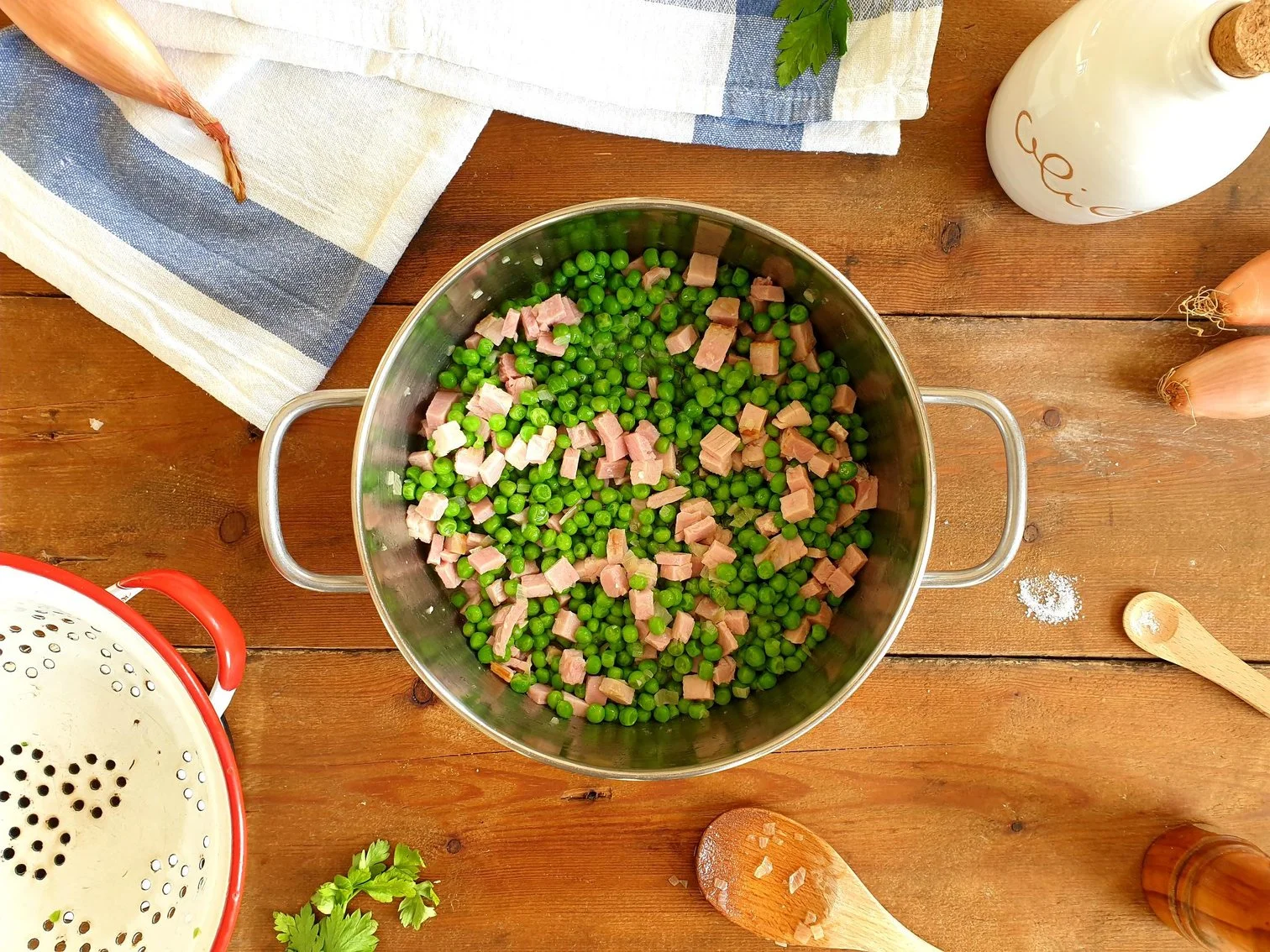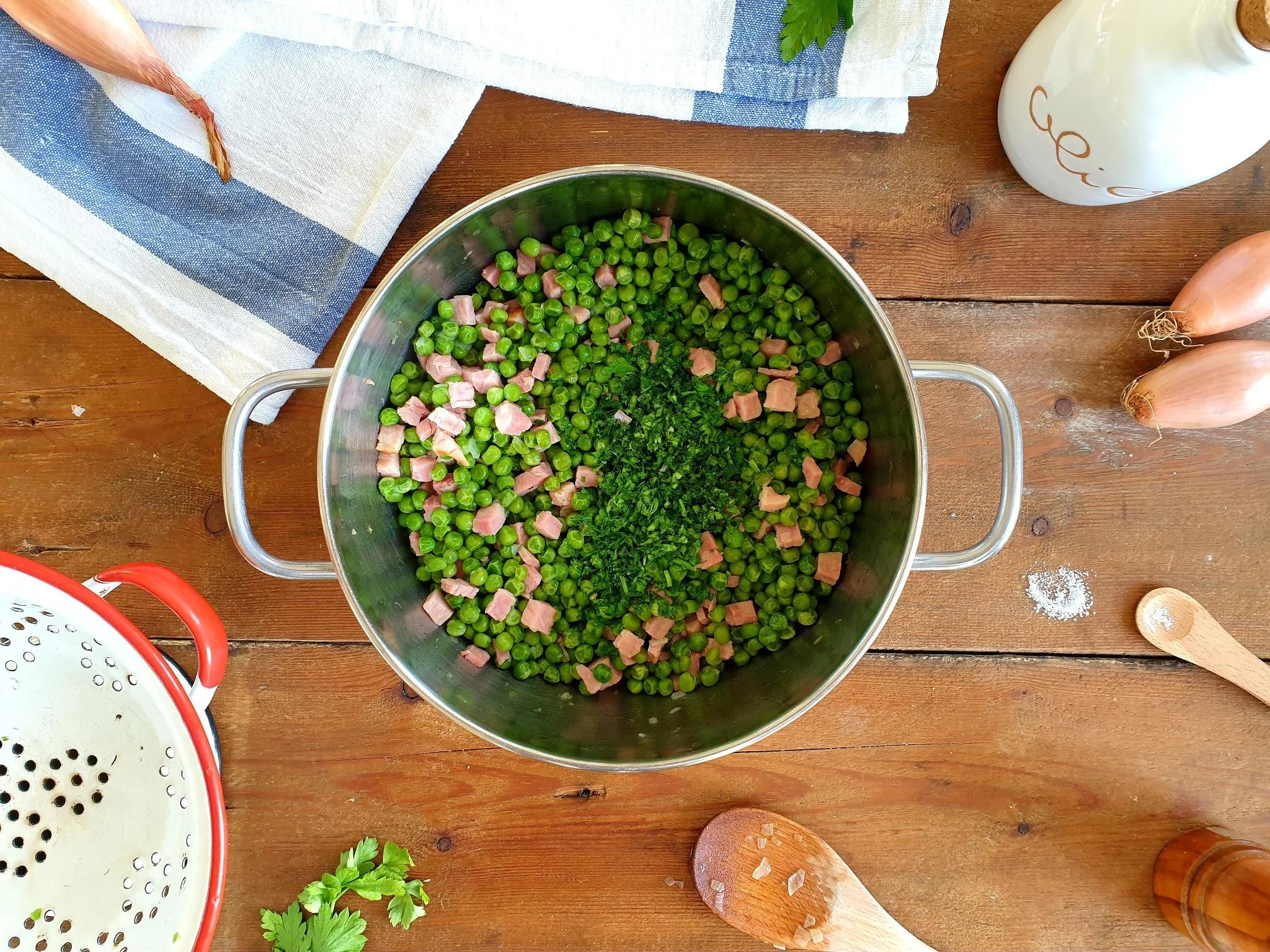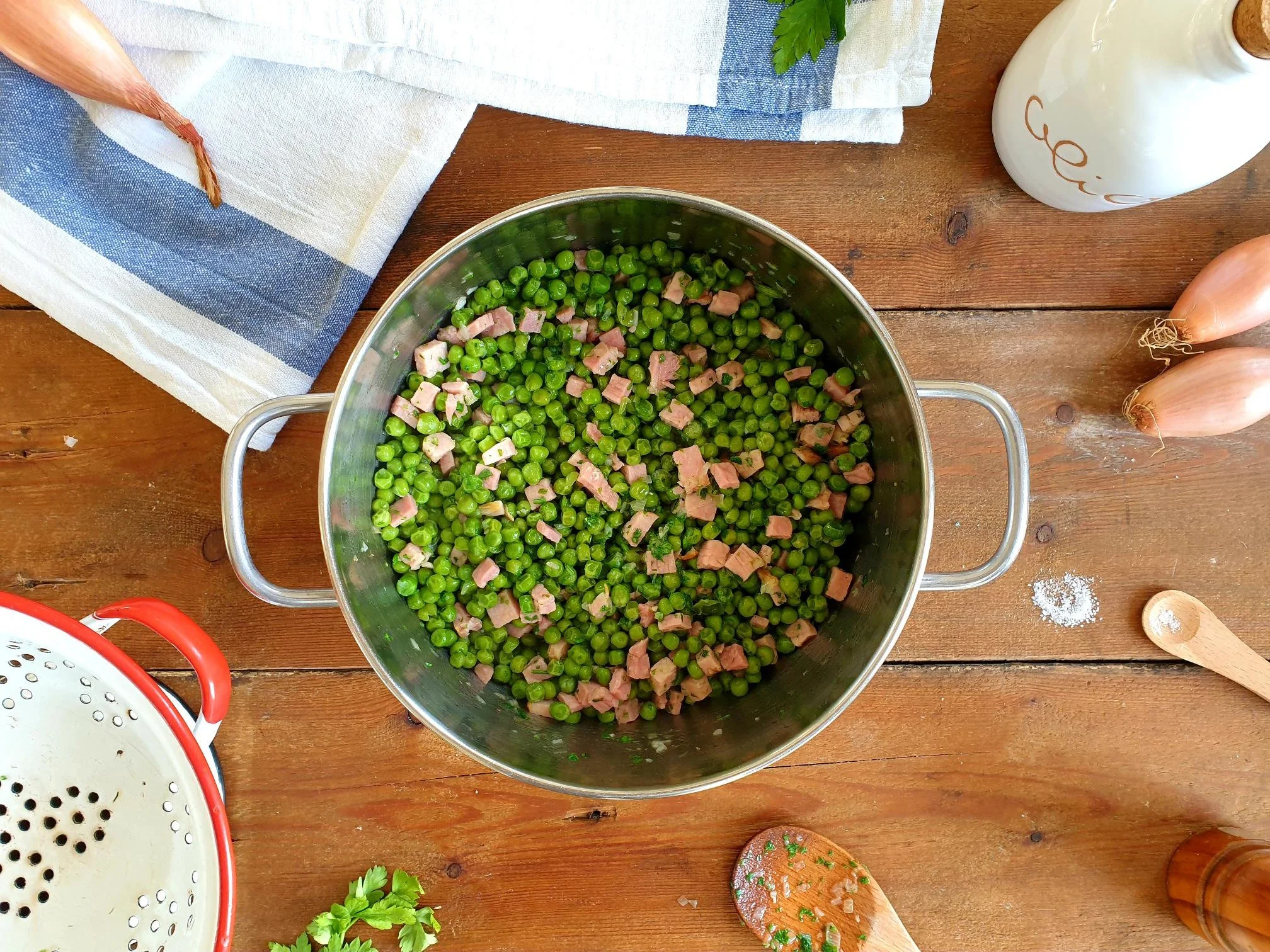Steamed and Marinated Prawns Istrian style Recipe
This uncomplicated dish with its delicate flavour consists of quickly boiling, chilling and dressing the prawn tails with a simple dressing. This dressing is made with olive oil, finely chopped parsley, finely chopped garlic (optional), freshly squeezed lemon juice and seasoned with sea salt. Black pepper can also be added if desired.
It is perfect to make ahead of time and enjoyed as a starter or as a second course.
Traditionally, this recipe would call for Mantis shrimps (from Latin Squilla Mantis) which is a type of mantis shrimp, fished in the shallow sandy lagoons of the northern Adriatic and Mediterranean during colder months of the year. They represent a real seasonal treat and a type of seafood not typically seen anywhere else. This particular variety of shrimp is also widely used to make risotti, it is delicious in fish stew, and used to prepare pasta sauce.
This seafood delicacy is very much valued and appreciated along the north Adriatic coast from Venice to Trieste in Italy, in nearby inland towns, and along the Slovenian coast, where Mantis Shrimp is known as morska bogomolka or morska bogomoljka or in local dialect as kanoče (strong influence from nearby Venice, where these types of shrimp are referred to as canoce, also spelt canocce).
In Italy, this particular type of shrimp has many names, in standard Italian it is called Cannocchia, pannochia or cicala di mare, which literally translates into cicada of the sea.
I am sharing here the family recipe for this simple dish that can be prepared ahead of time and be ready when you are. Enjoy it with some rustic bread to soak up the juices.
Ingredients
Serves 4
500g prawns
For the dressing
5 Tbsp extra virgin olive oil (or to taste)
a small handful of fresh flat leaf parsley (about 3g), finely chopped
small clove of garlic, peeled and very finely chopped, optional
lemon juice, to taste, optional
sea salt
finely ground black pepper, optional
Method
Wash the prawns (or mantis shrimp, if you can get hold of them) under the cold running water.
Place them in a fairly large, shallow pot lying side by side, preferably in a single layer.
Add just enough water to cover the bottom of the pan.
Add a pinch of sea salt and bring to boil, then turn the heat down.
Cover with the lid and cook for about 3 minutes, or until the prawns turn pink in colour.
Remove from the pot and let them cool a bit, i.e. enough to handle them.
Remove the tails from the shell.
Place cleaned prawn tails in a serving dish in a single layer.
Prepare the dressing by putting in a small bowl finely chopped garlic (if using), fresh flat leaf parsley, extra virgin olive oil, a squeeze of half of lemon juice or to taste, sea salt to taste and finely ground black pepper to taste (optional).
Mix well so all the ingredients incorporate well.
Spoon over the cooked prawn tails and serve immediately with some fresh crunchy bread and some lemon wedges (optional).
If made in advance, cover with the cling film and put in the fridge.
Take out of the fridge half an hour before serving and add a little more extra virgin olive oil if needed, sprinkle with some freshly chopped parsley.
Serve with some bread to soak up the juices.

